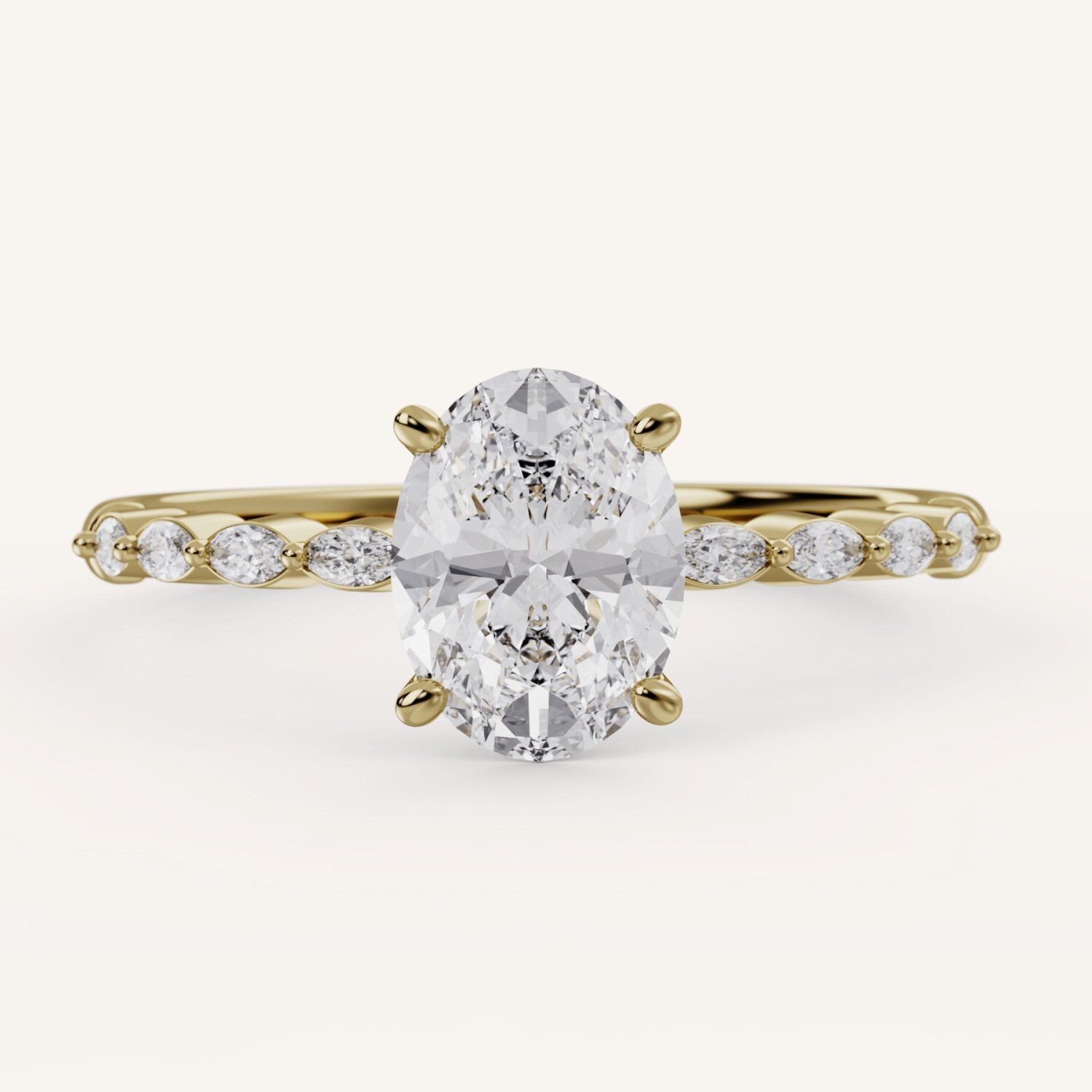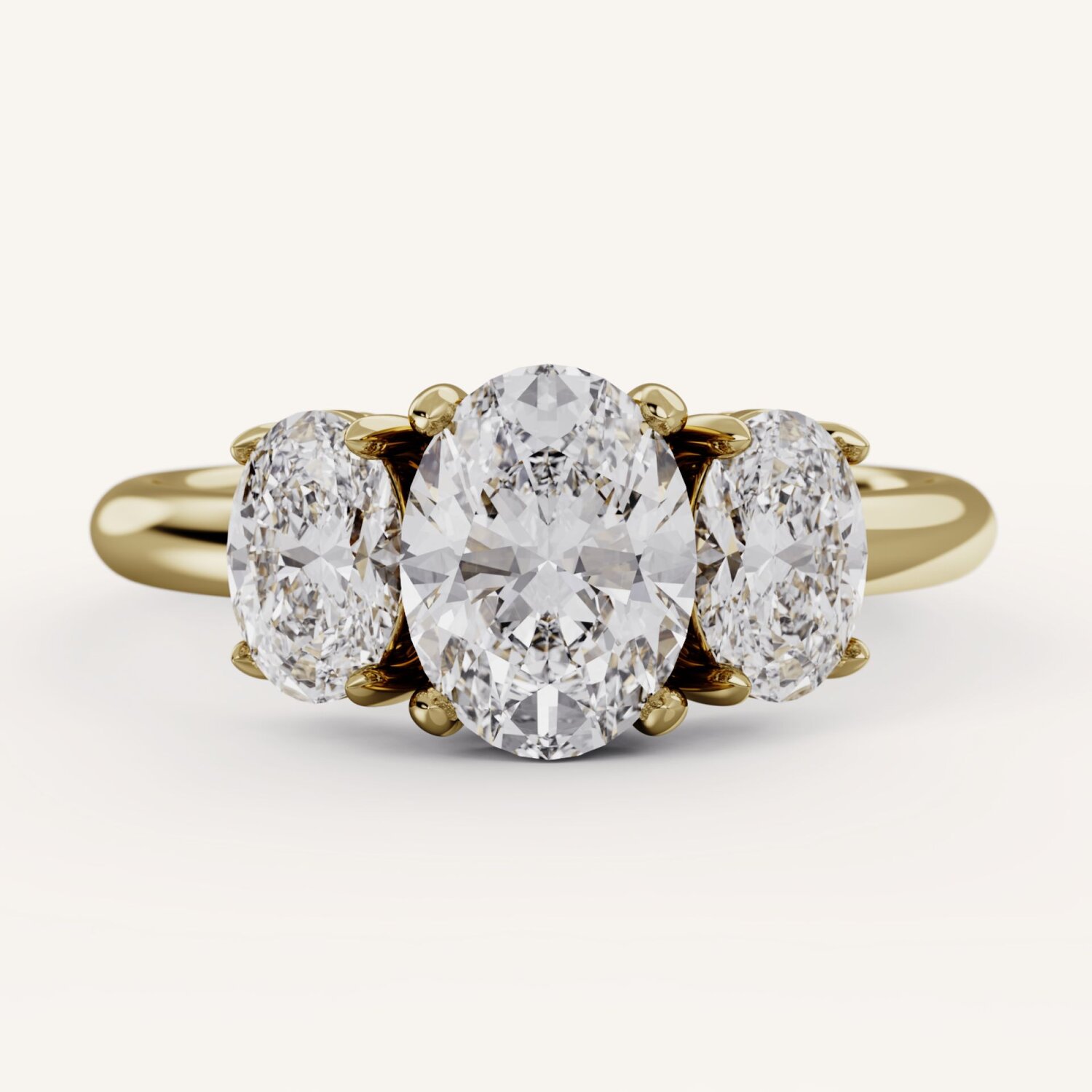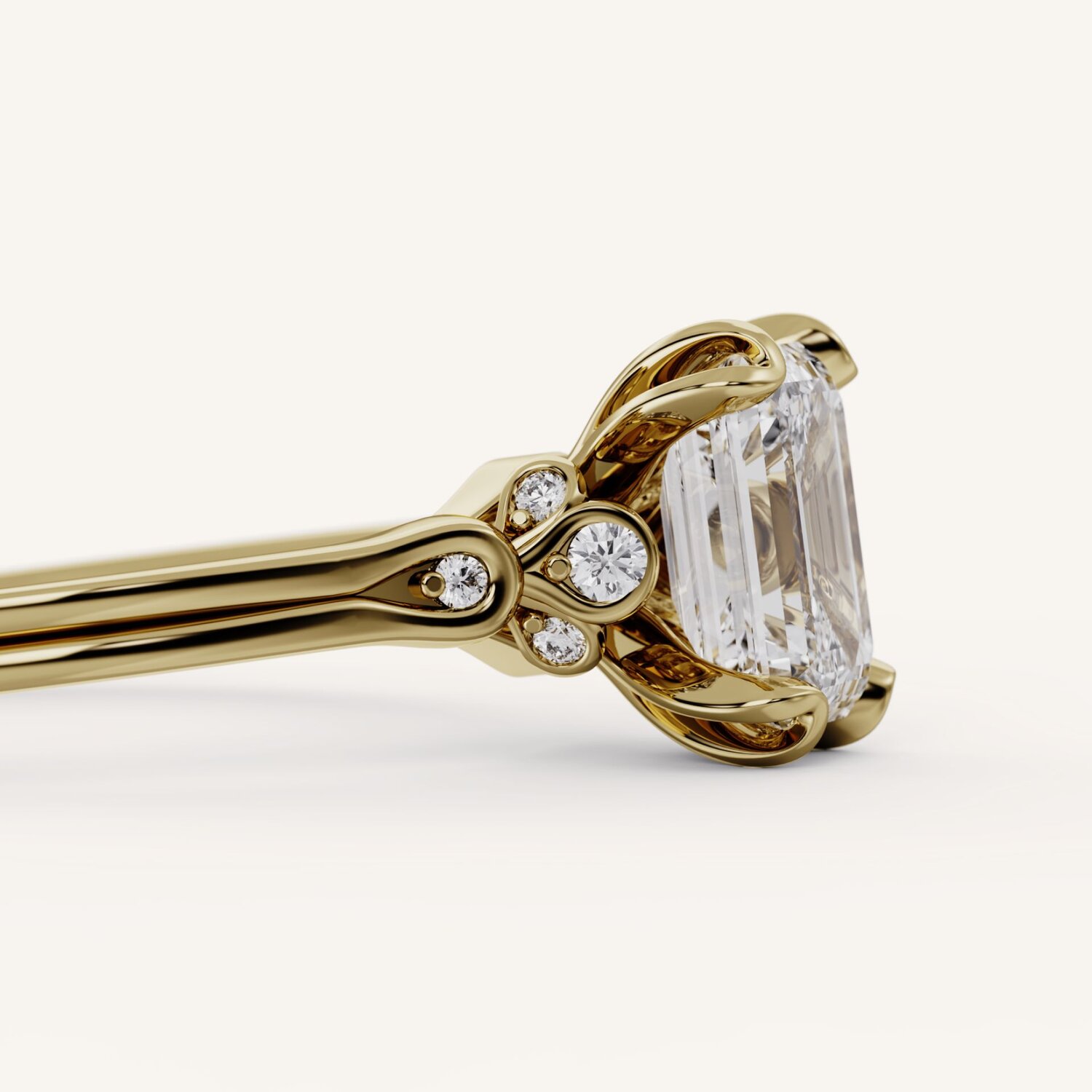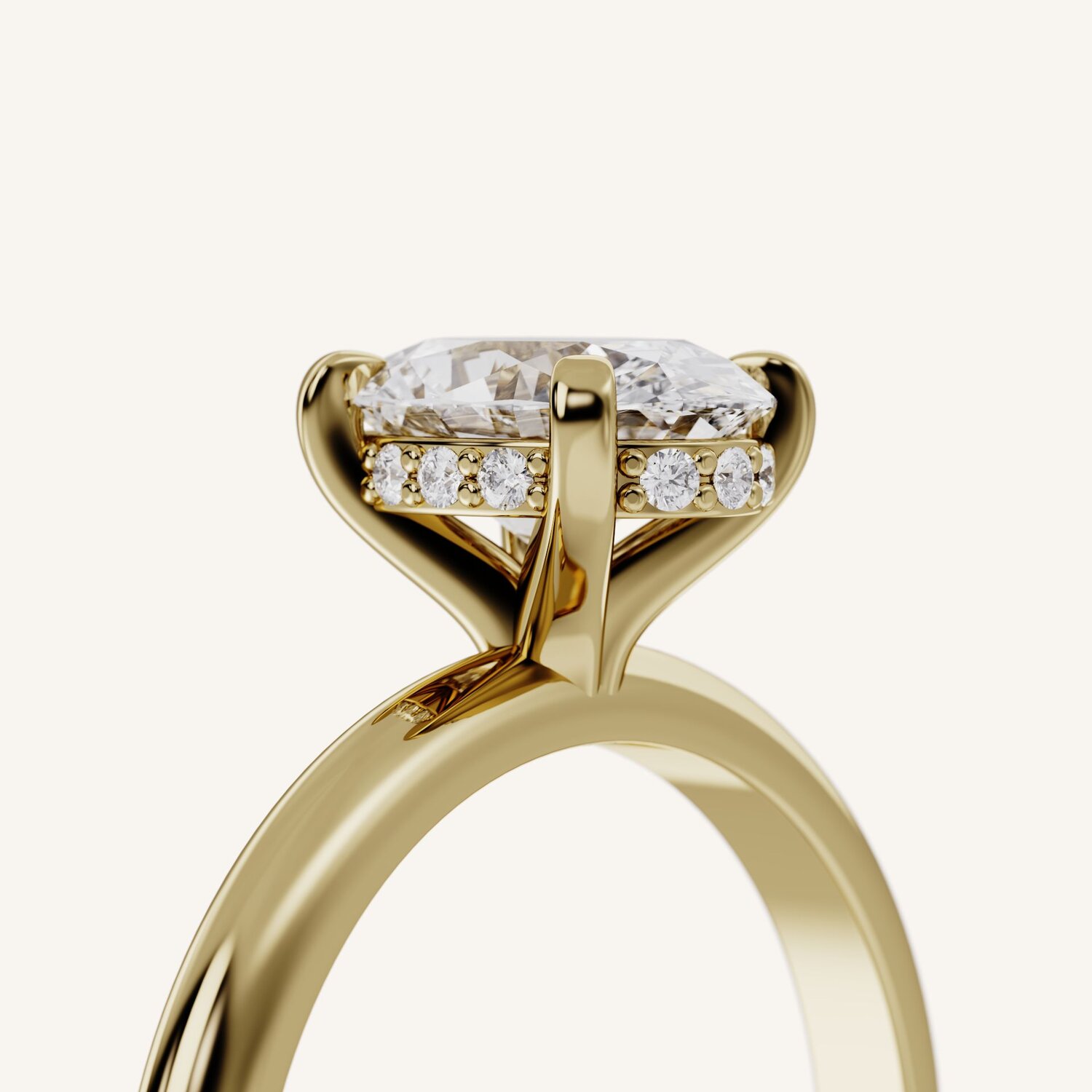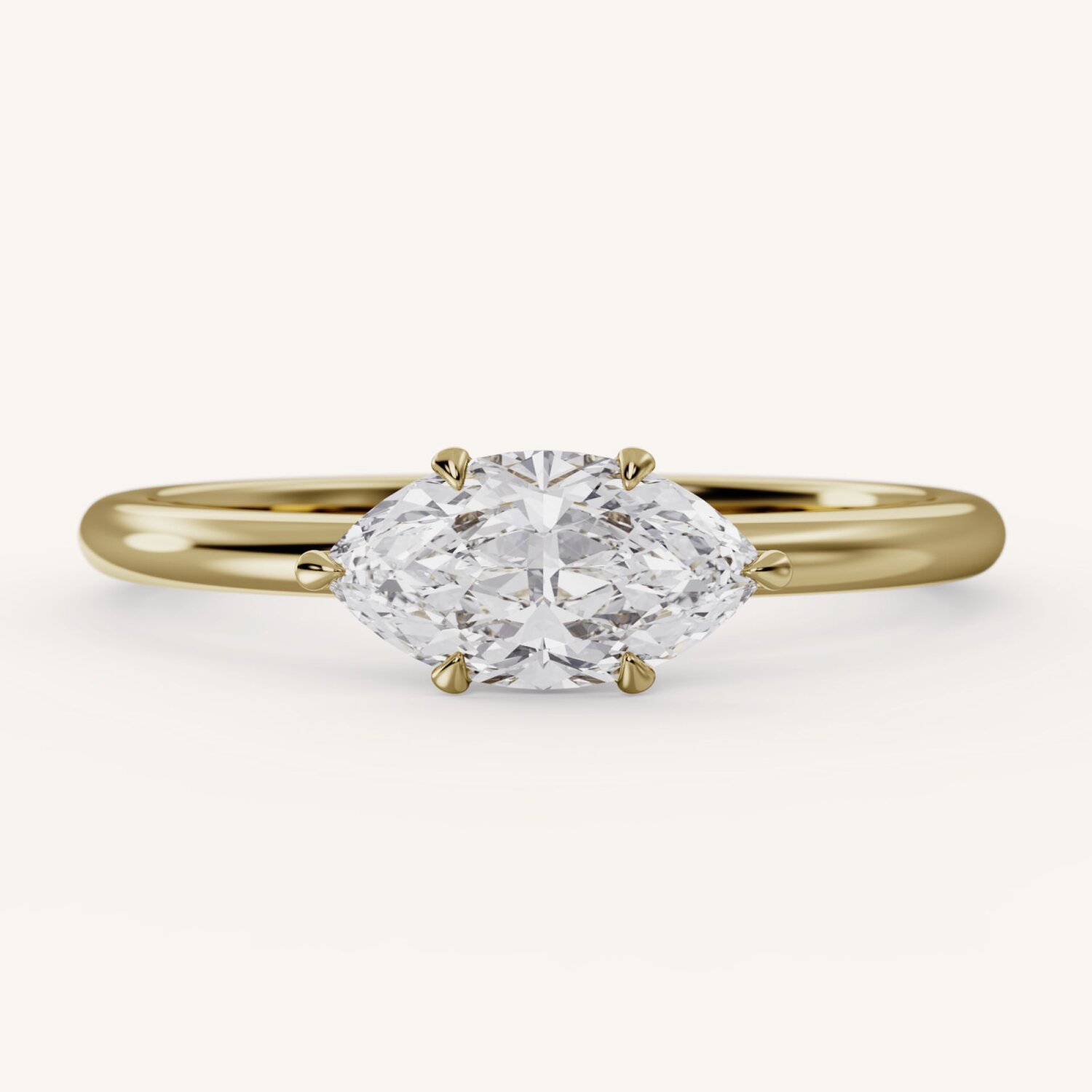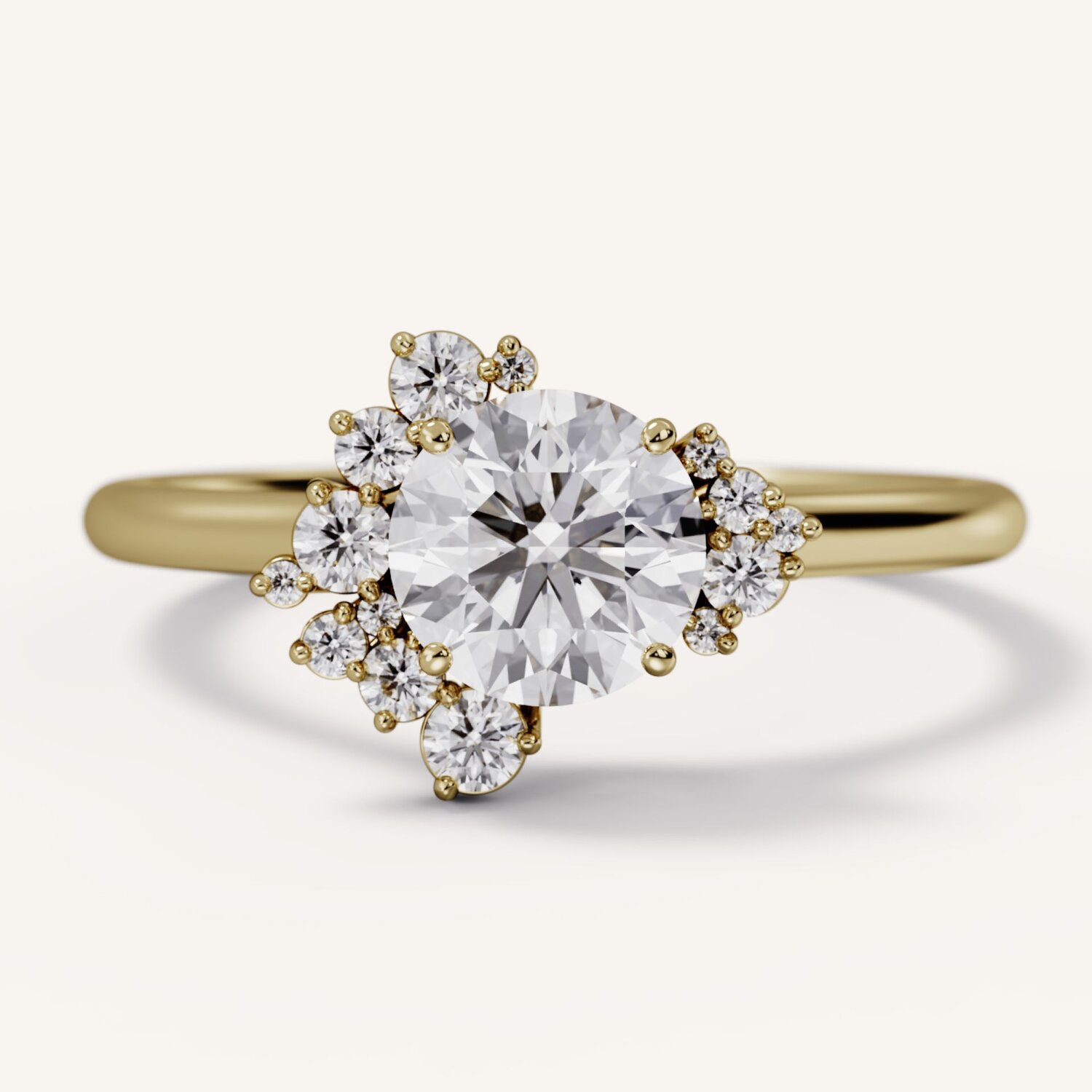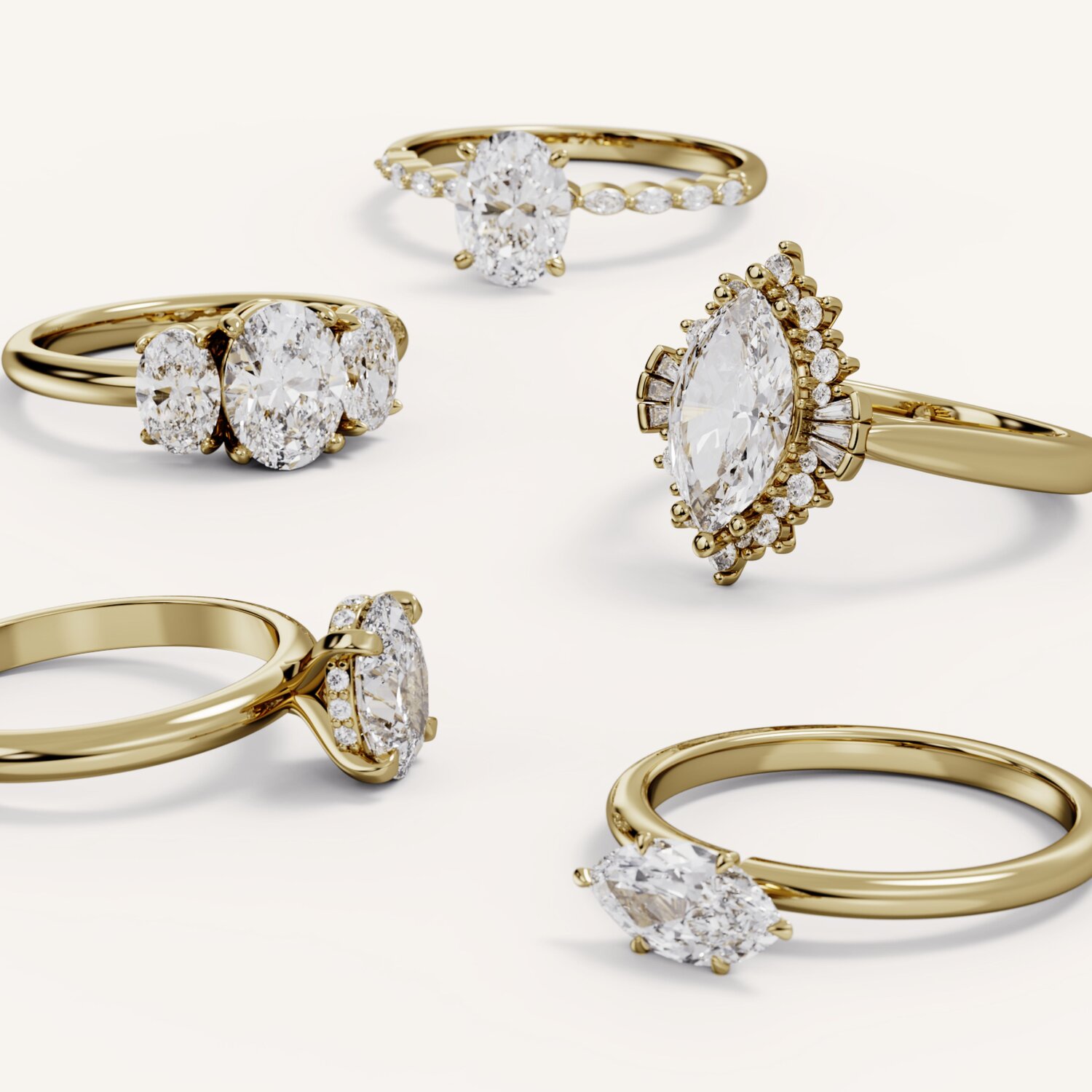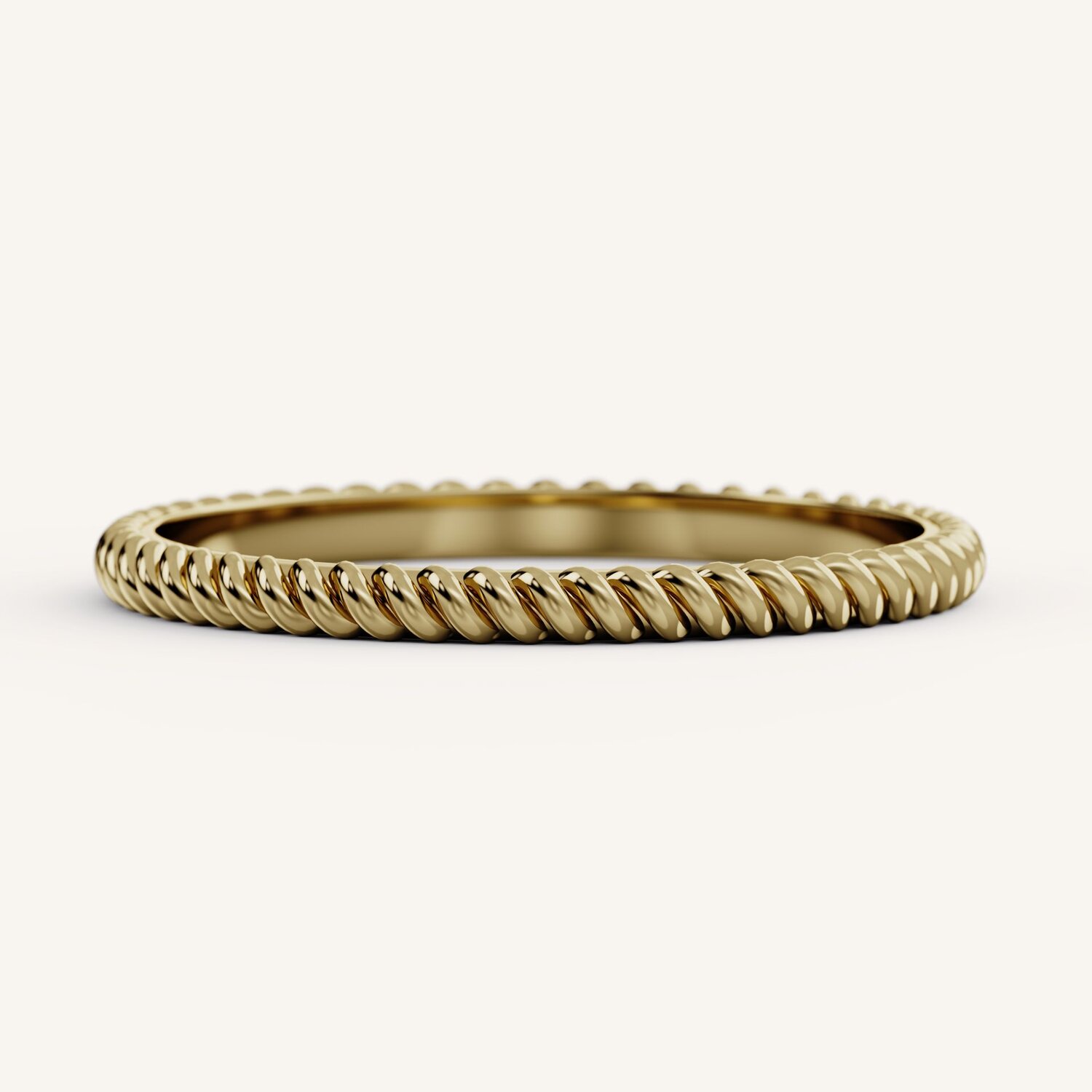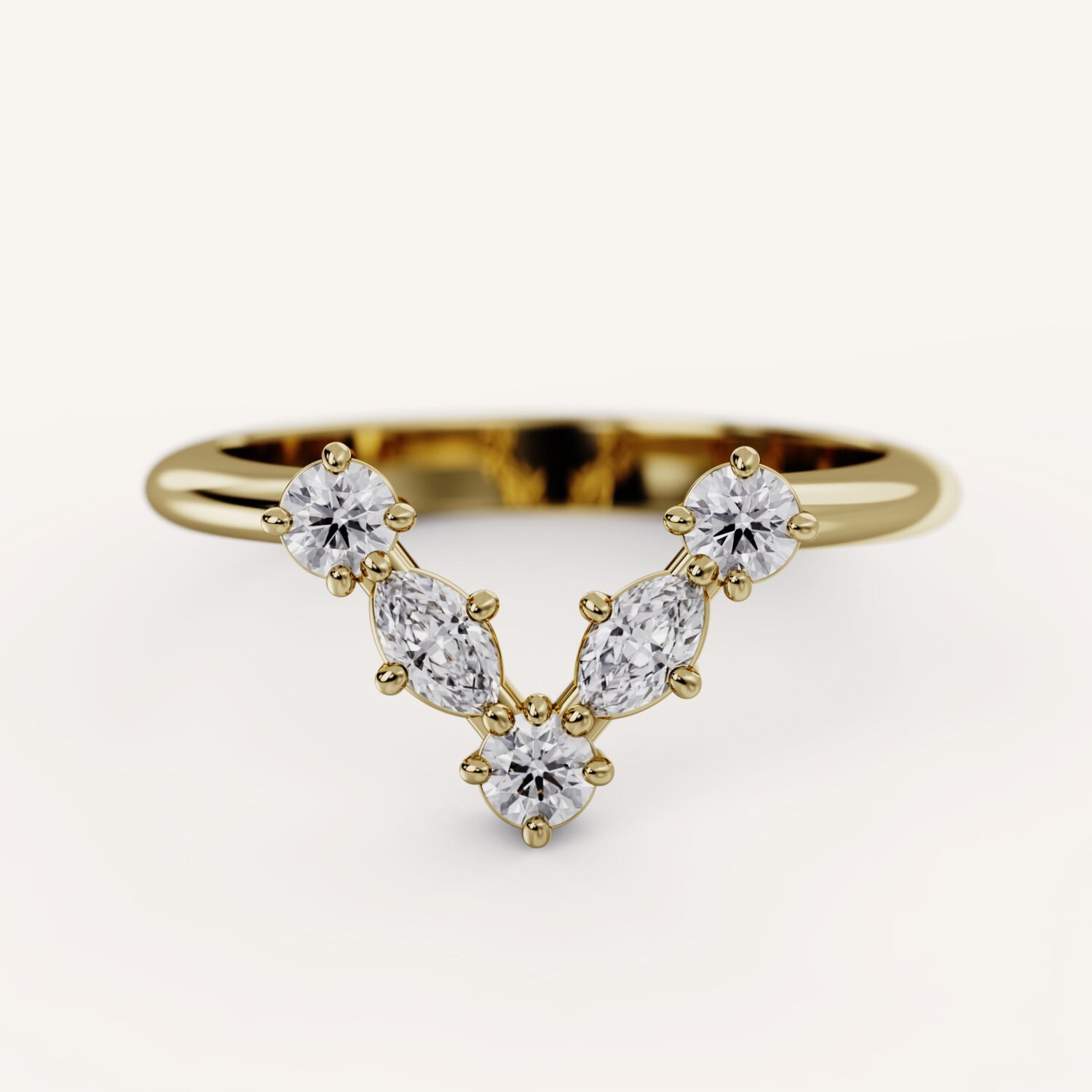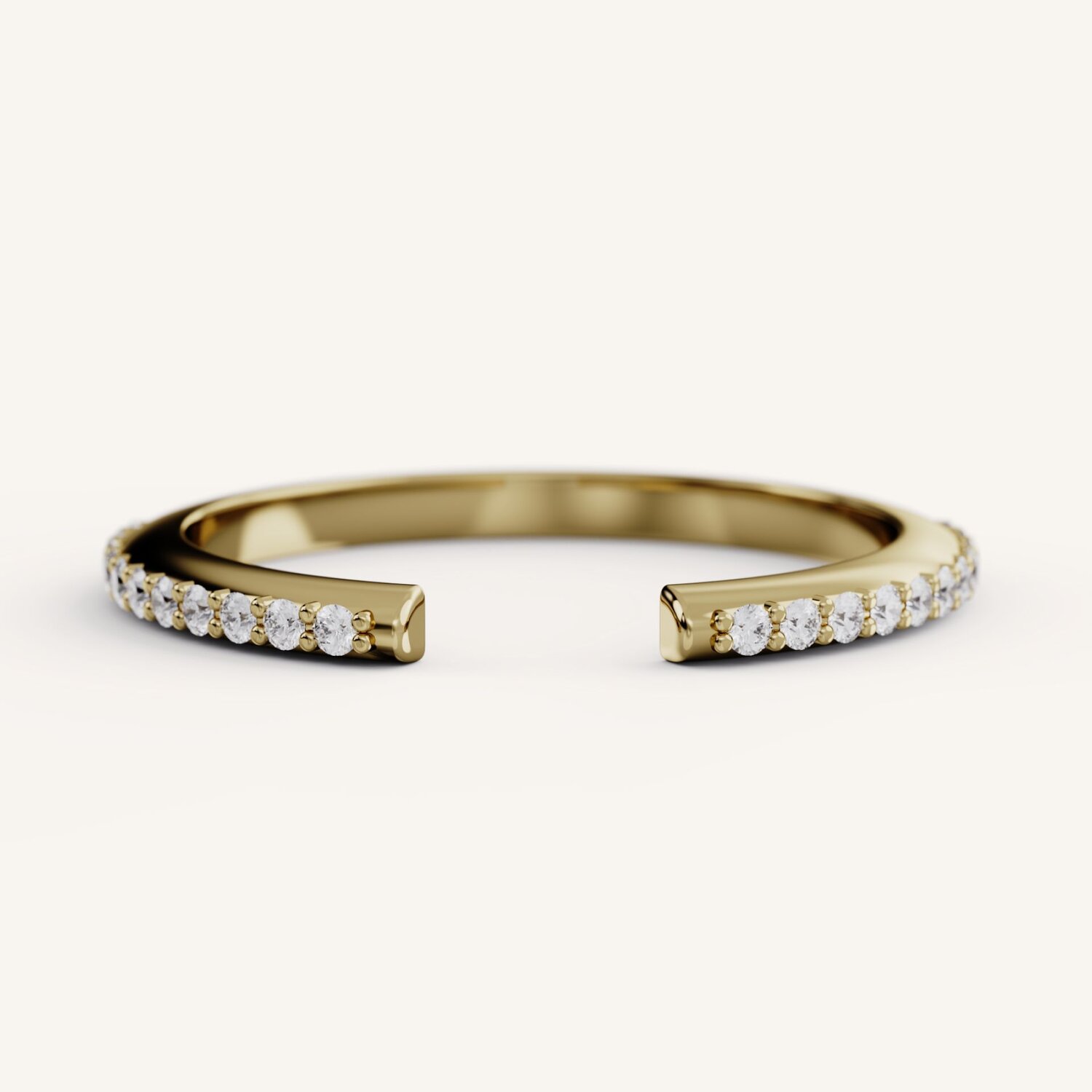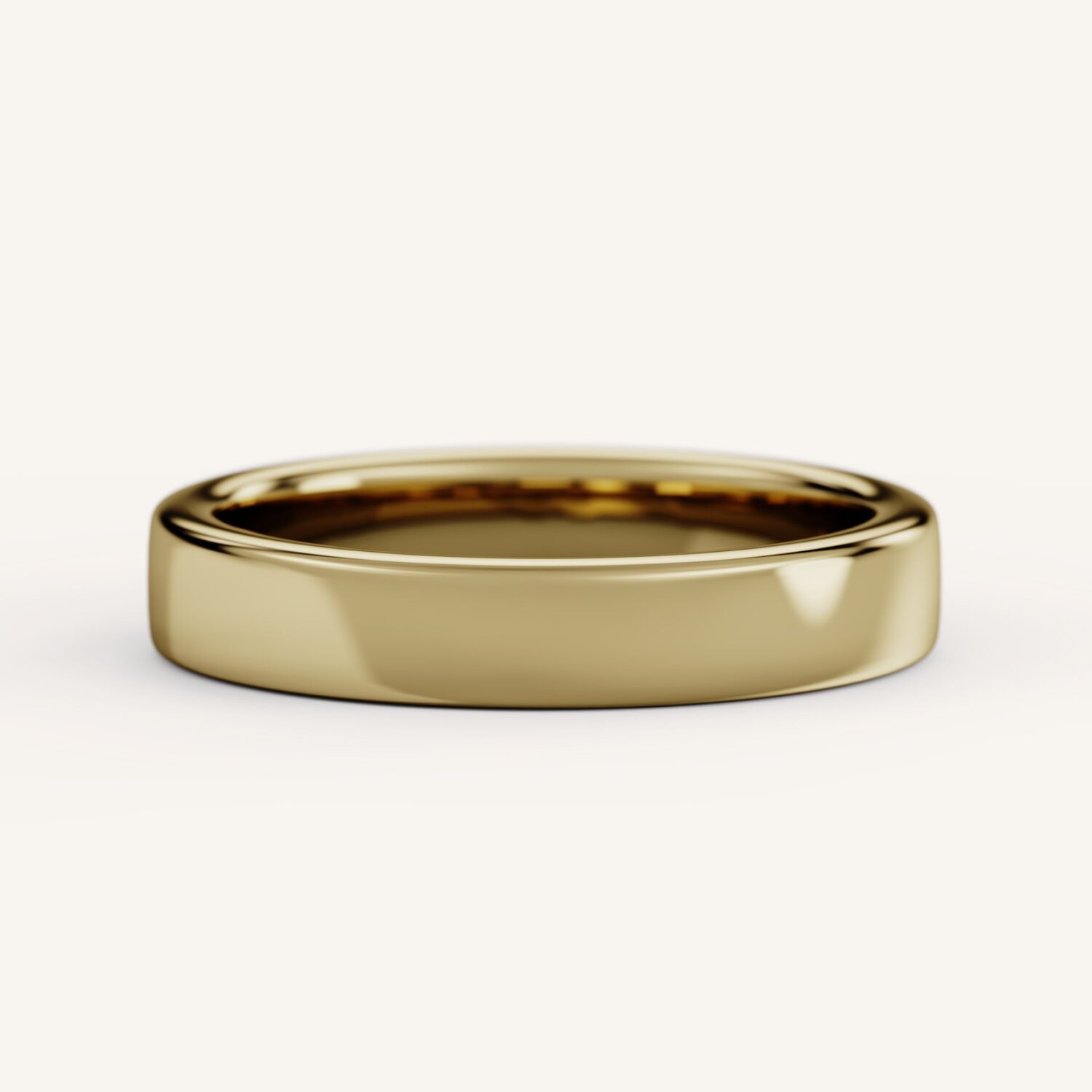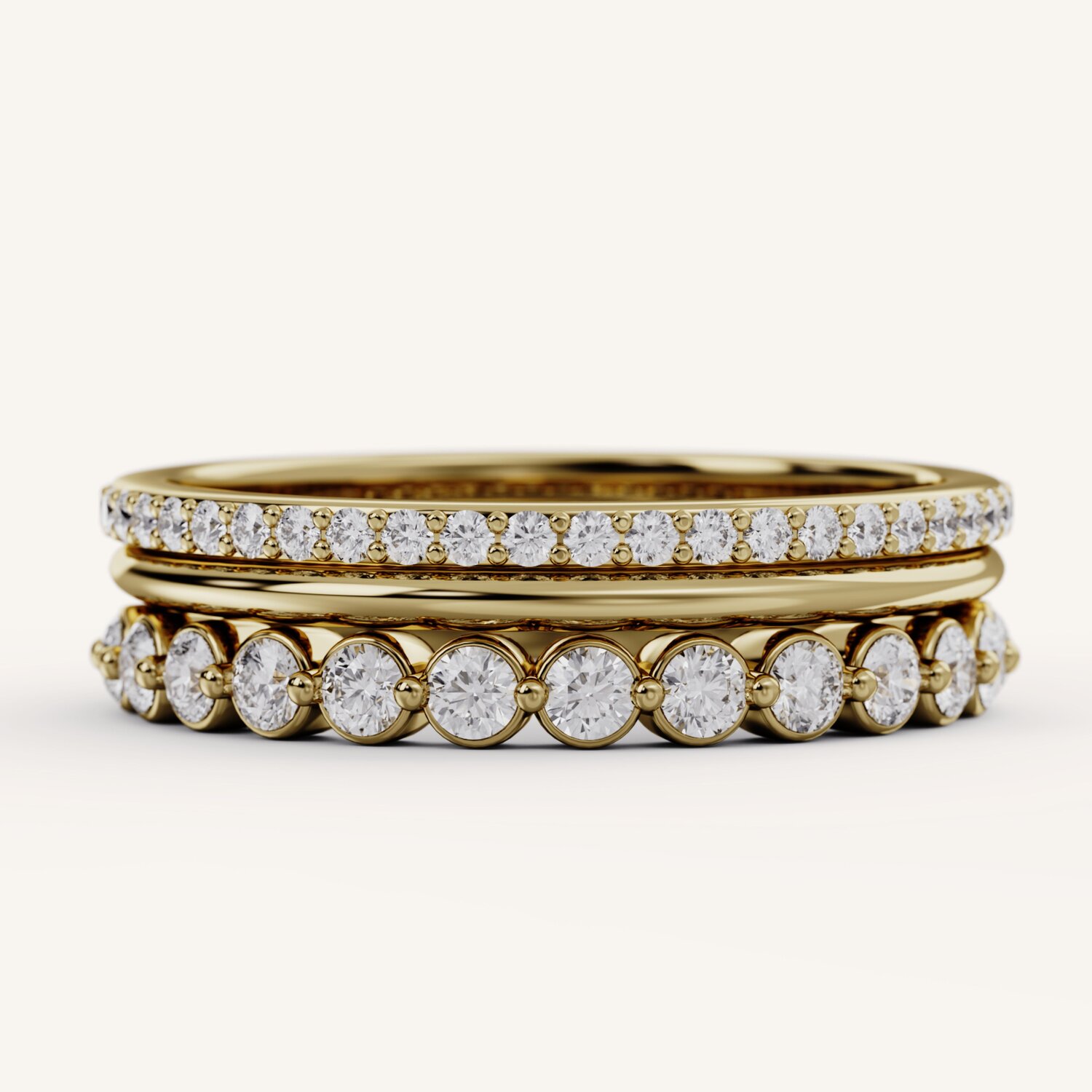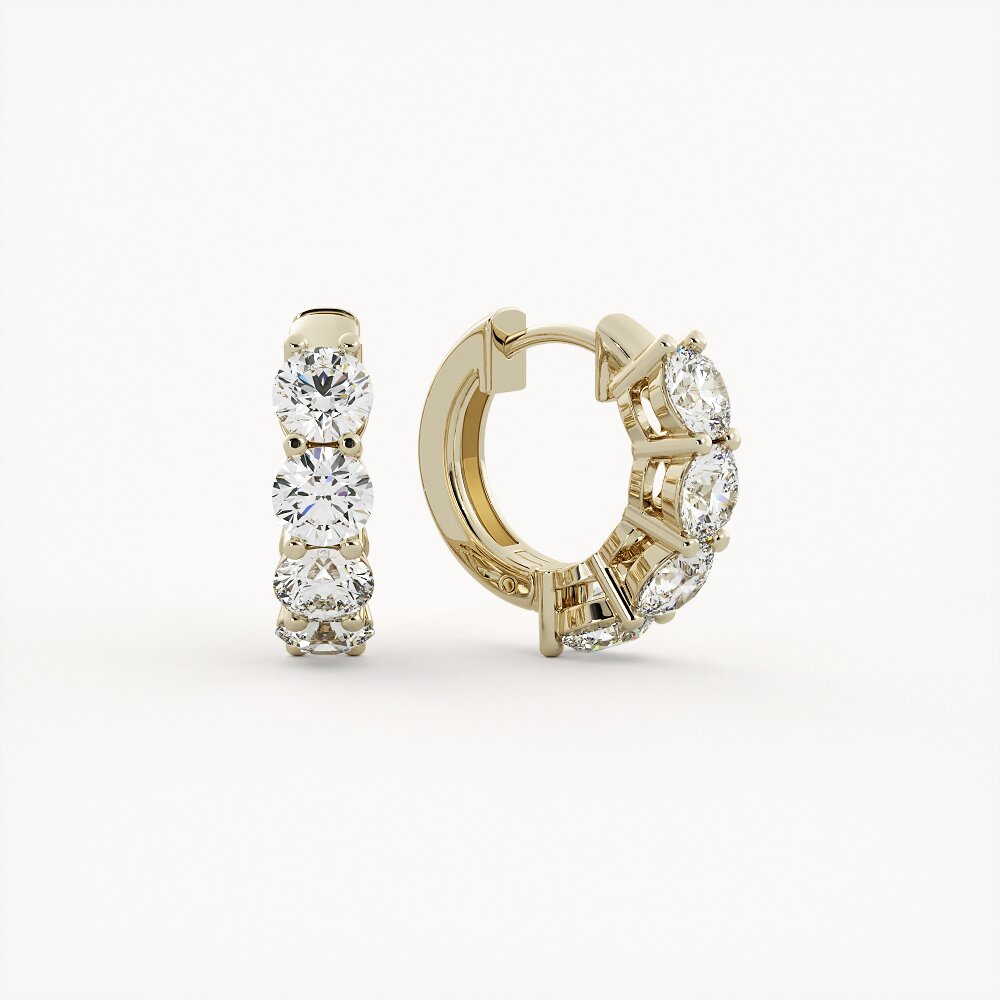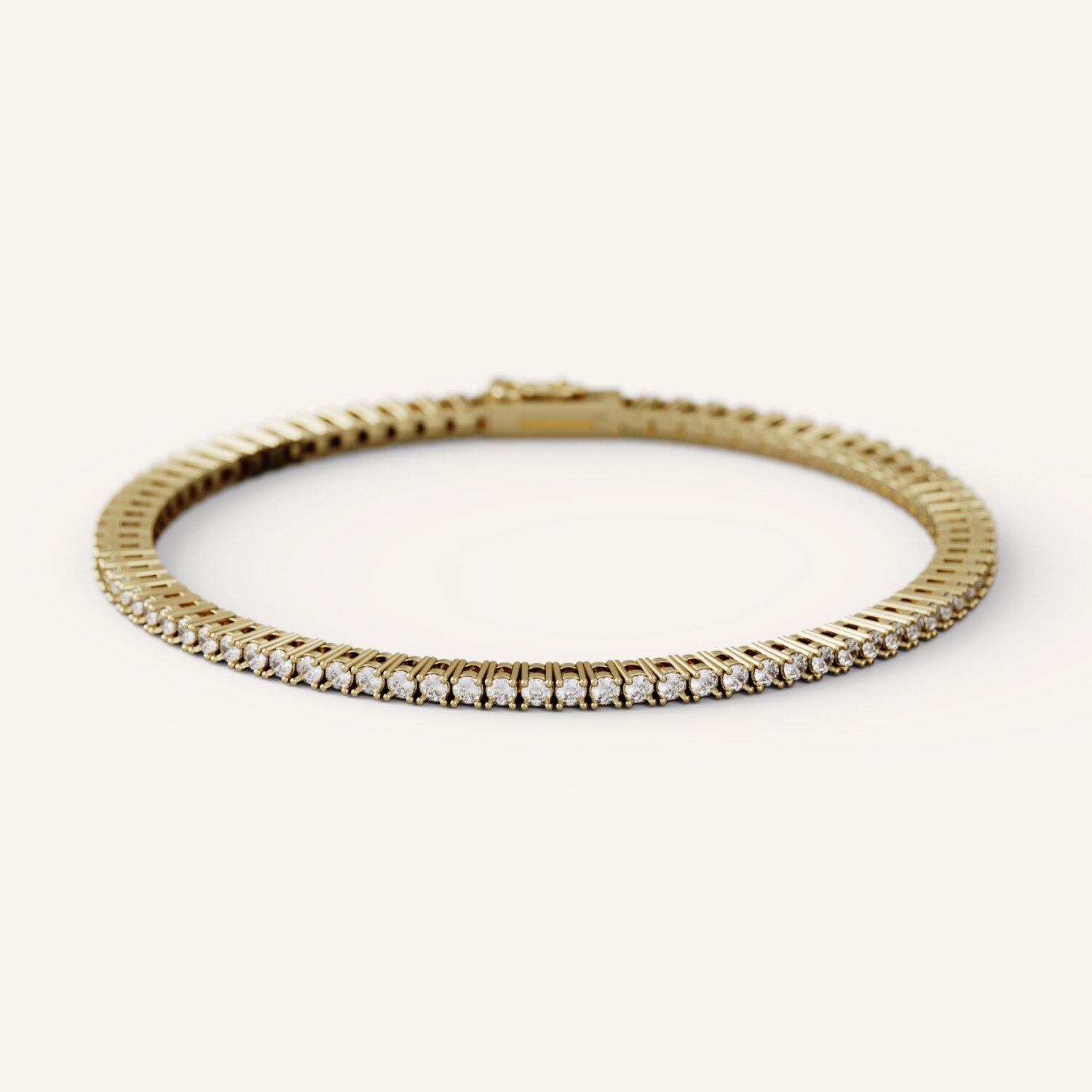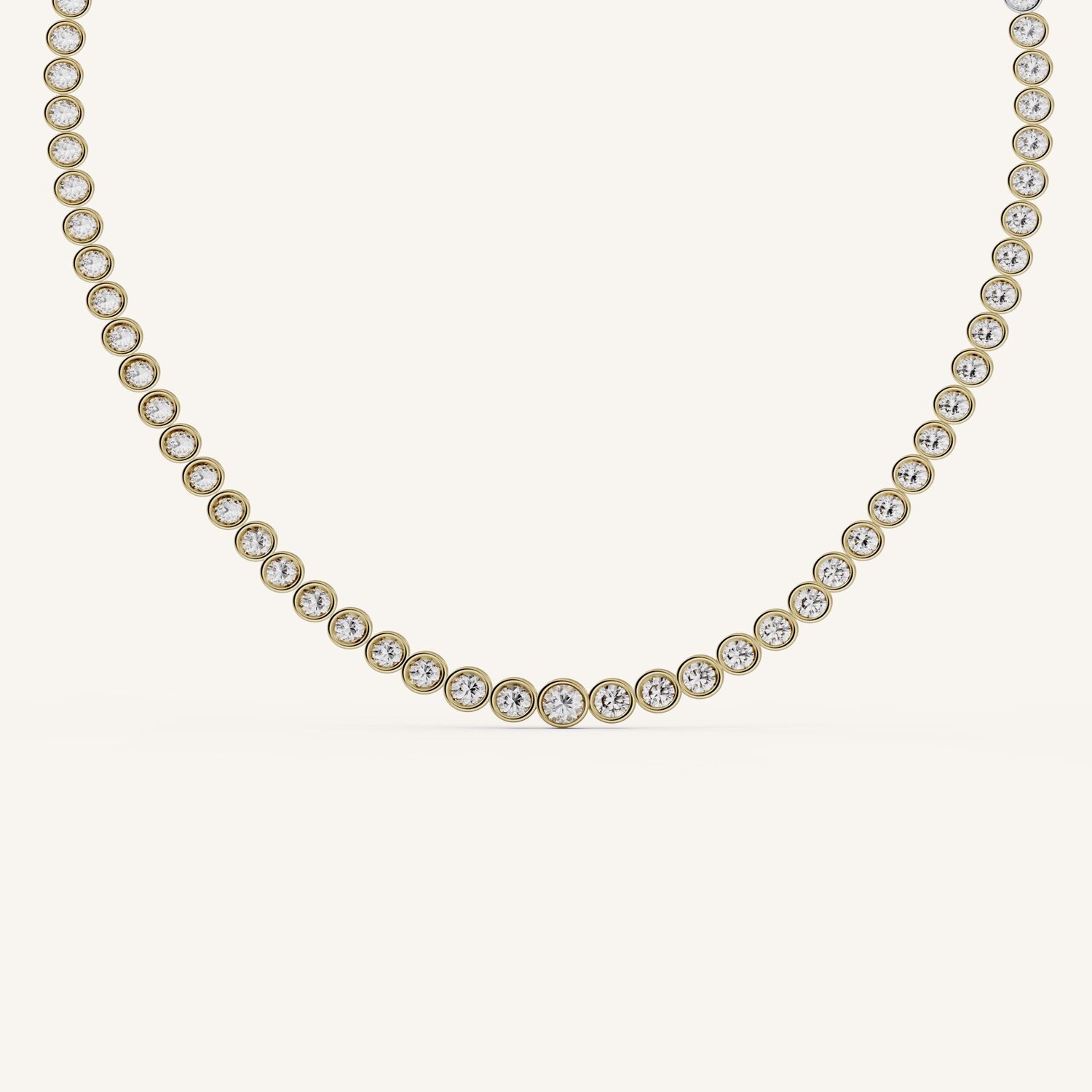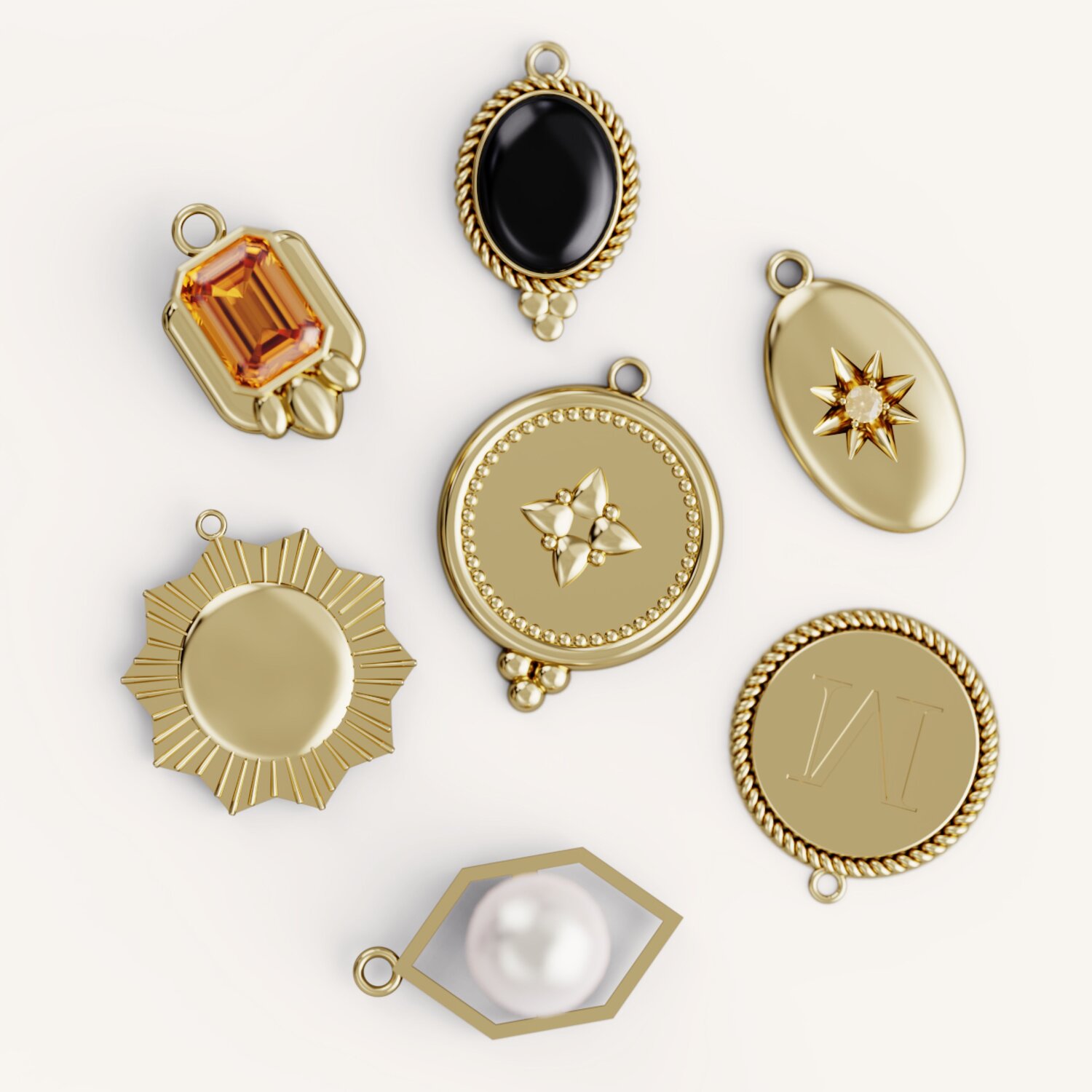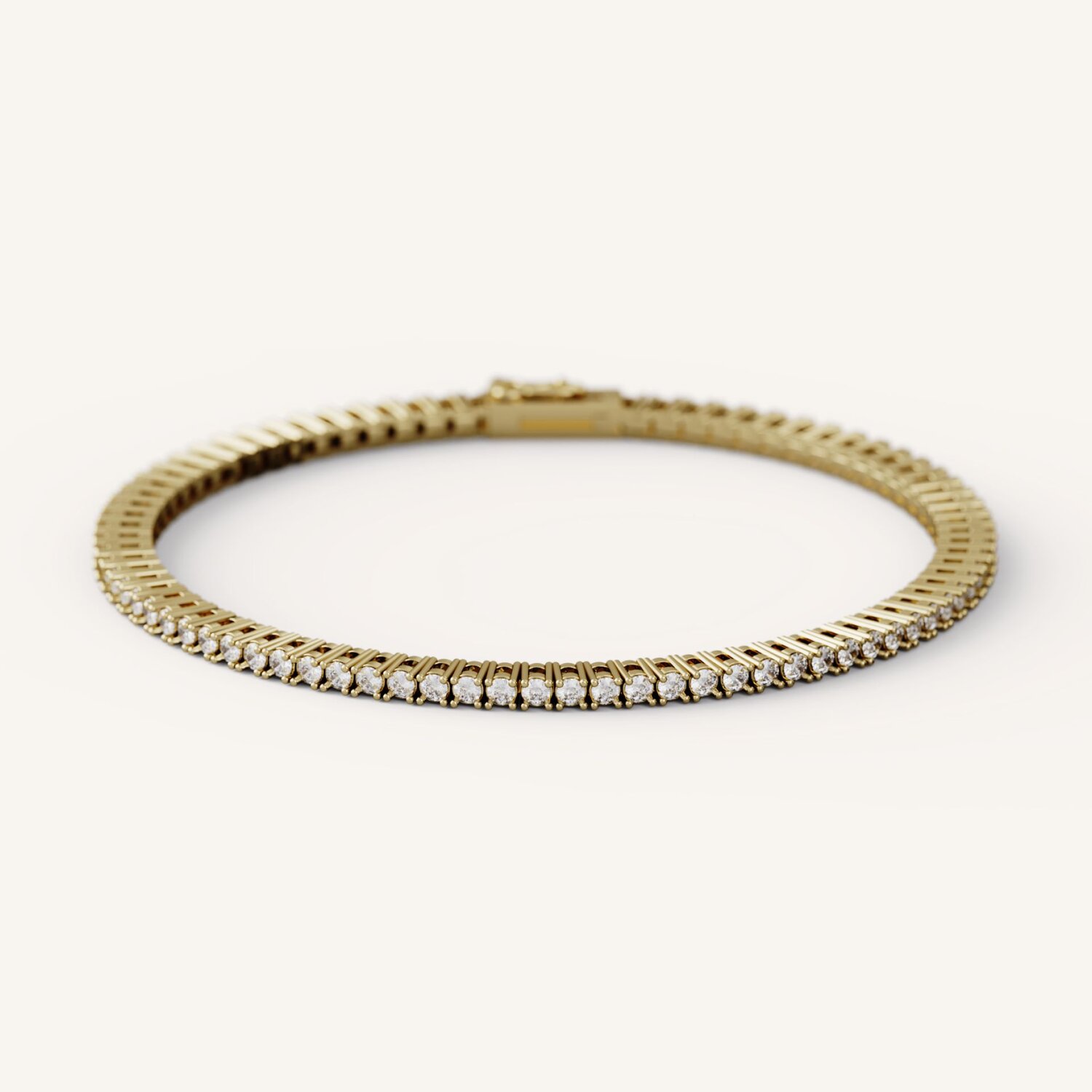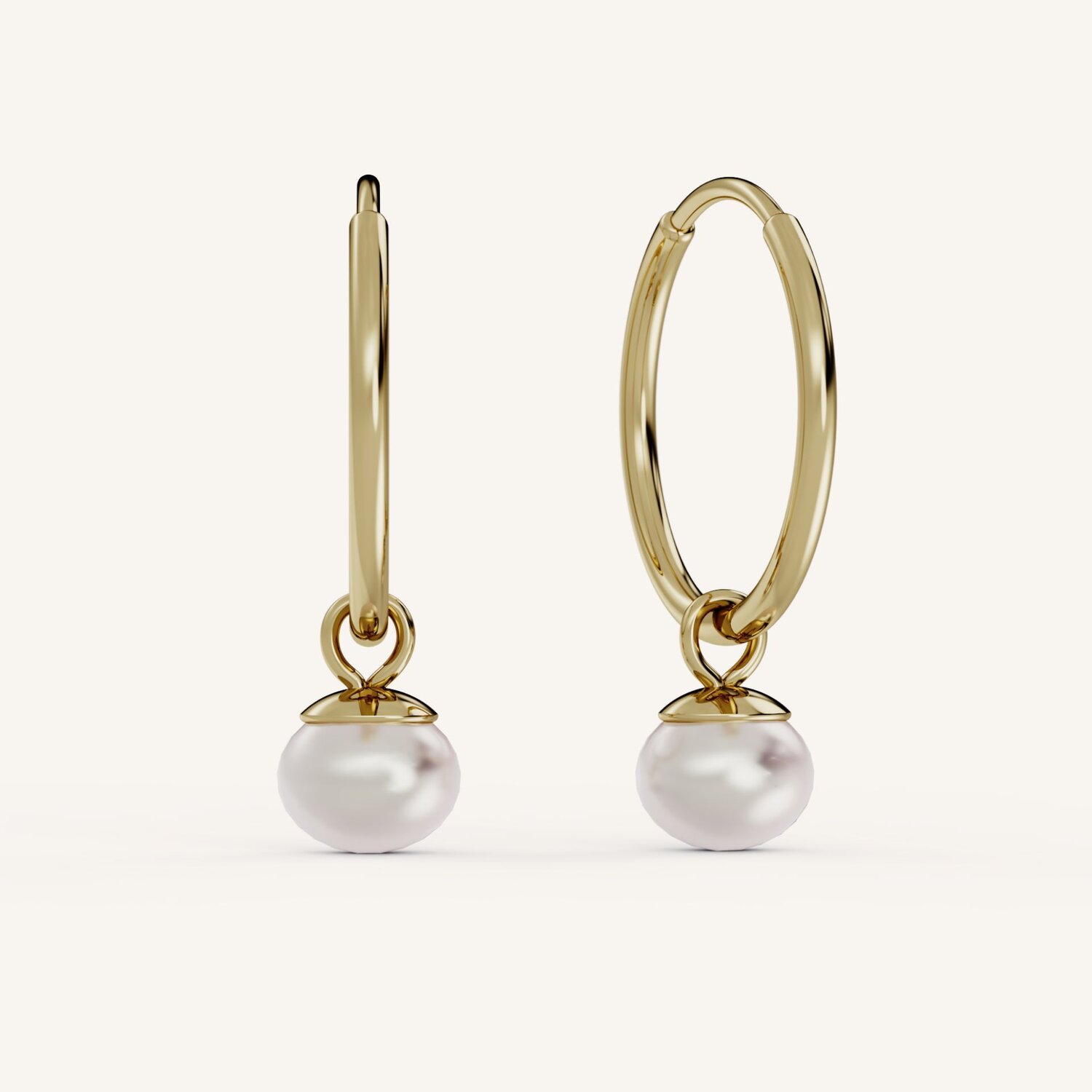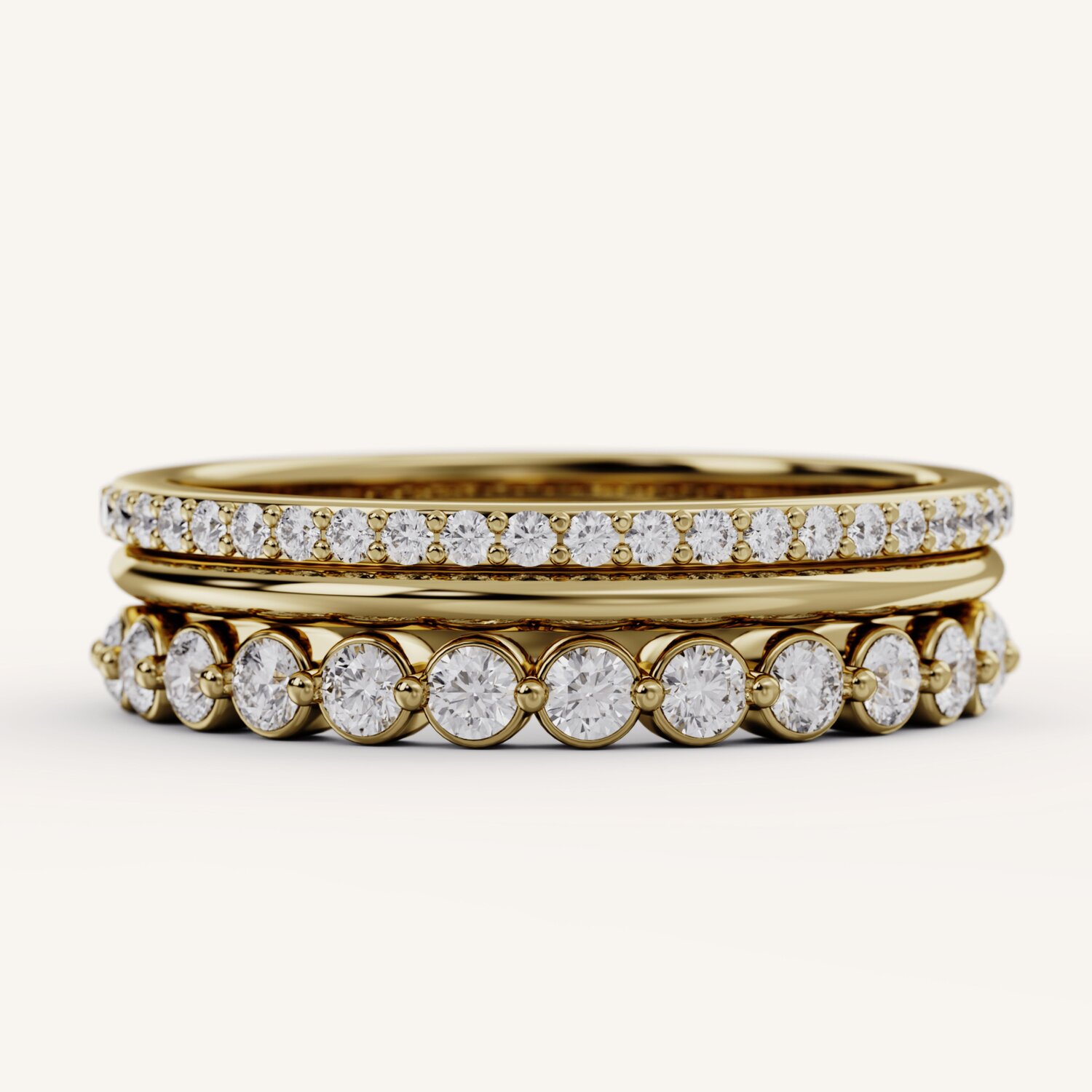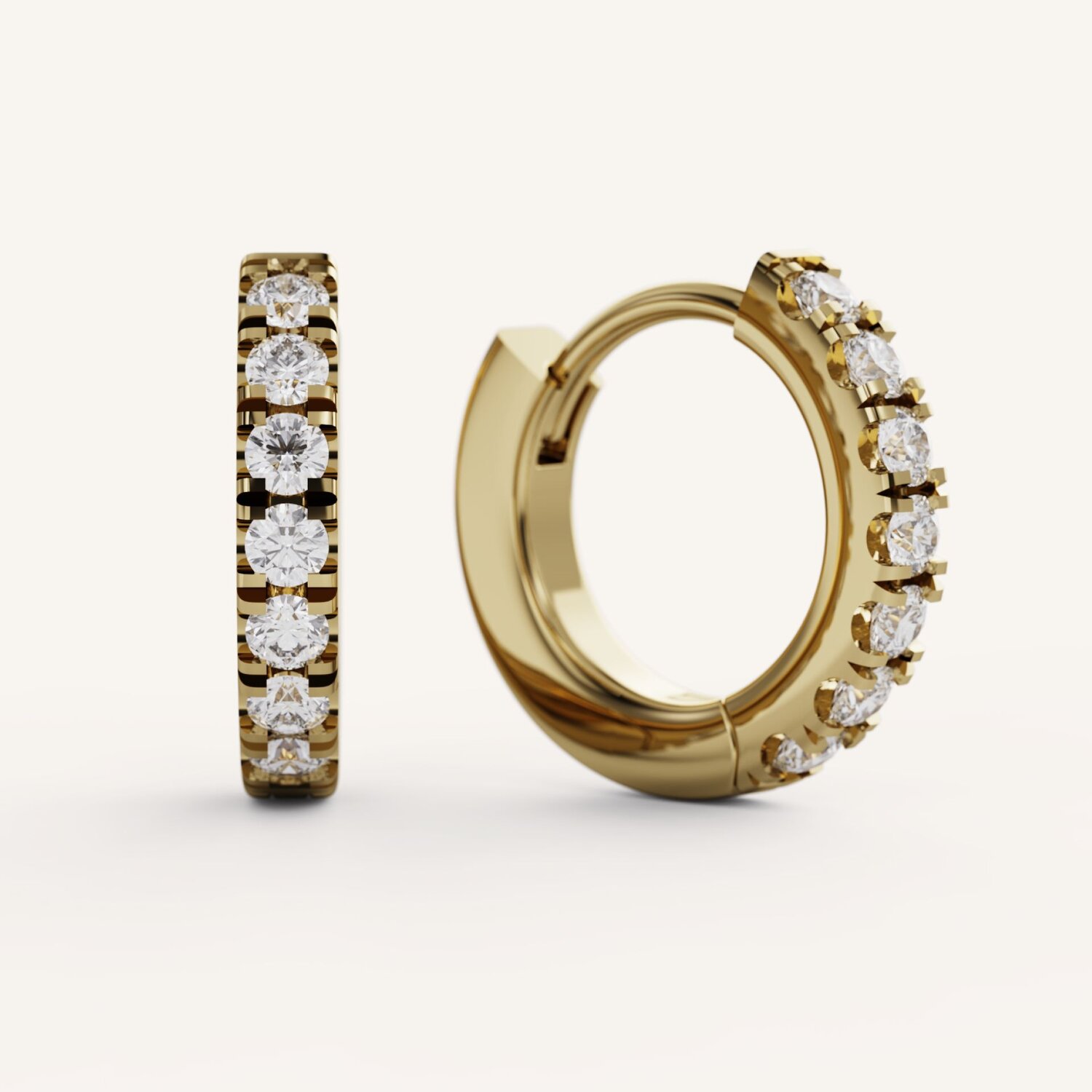Explaining the Parts of an Engagement Ring
A guide to ring settings, prongs, and the shank
What is a diamond setting?
A setting, more specifically the head, is an important element in the style of the engagement ring. More significantly, it is what holds the diamond in place.
what are the types of settings
There are several different types of settings.
Traditional Solitaire: includes 3 or more prongs that are holding the center stone in place and the head meets the shank at one point.
Cathedral Setting: the sides of the shank (band part) come up to the head creating an arch design that is visible in the profile view.
Bezel Setting: the perimeter of the stone is fully or partially surrounded creating a metal rim on the stone.
Basket Setting: the ring has vertical and horizontal bands that create a “basket” like appearance for the stone to sit in along with prongs to hold the stone.
Cathedral Basket: a combination of a basket and cathedral setting. The arch design allows for the basket to sit slightly higher than a normal basket.
Flush Setting: the head holding the center stone sits very low and flush to the finger.
East-West Setting: when the center stone is set horizontal.

How do I choose the right setting?
The best setting for your ring is dependent on your lifestyle and personal design preferences. The most popular settings are traditional heads with at least 4 prongs, cathedral settings, and basket settings. It is important to look at different styles to see which design you like best. If you want to wear your ring for more than just going out, you will want to consider which head style will fit with your lifestyle. If you are very active or work with your hands a lot – and don’t want to remove your ring for these activities - a bezel setting that offers more protection could be a good choice. If you are okay to remove your ring for occasional activities that could snag or damage prongs, you may prefer a head that shows off the stone more such as in a traditional or cathedral setting.
What is a prong?
Prongs are small pieces of metal that extend upward on the head or from the shank (for very small stones) and hold gemstones. The diamond or gemstone is set inside the prongs and the ends of the prongs are bent over the top of each stone to keep it secure and in place. Prongs that are more delicate and thinner may show more of the stone surface but may not keep your stone as secure as thicker or wider prongs.
what are the Different types of prong settings?
The most common heads have four or six prongs. You can also find rings with as few as two prongs or as many as eight. Note, more prongs create a more secure setting. For example, if a prong breaks on a three or four prong head, the stone is likely to fall out. However, if a stone is set with six prongs and one breaks, it will most likely stay in the setting due to the other five prongs still holding it securely. You can elevate the design of your ring with the style and number of prongs you choose. Setting the center stone above the shank (band part) and having more prongs can make your center stone appear larger.
rings with different prongs
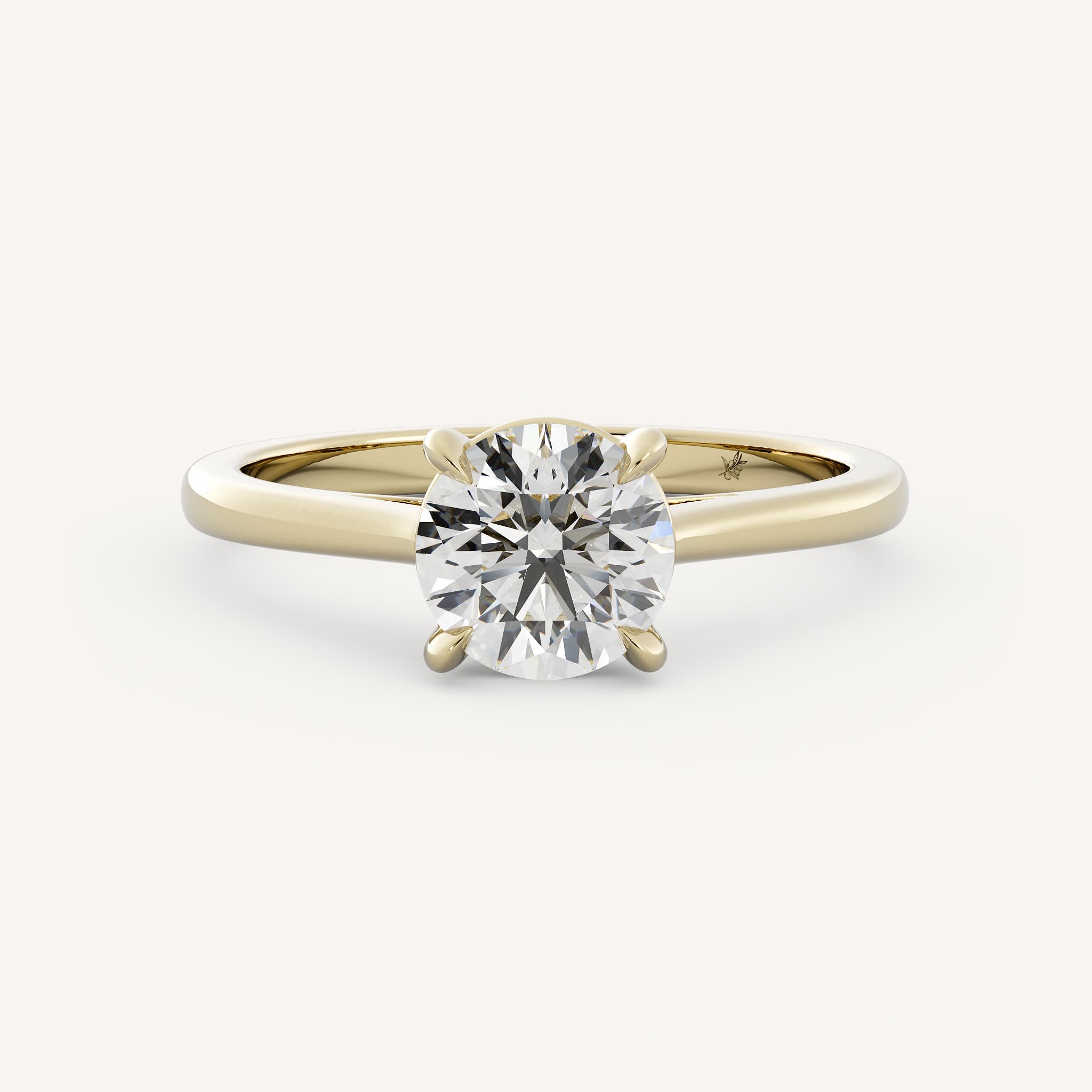
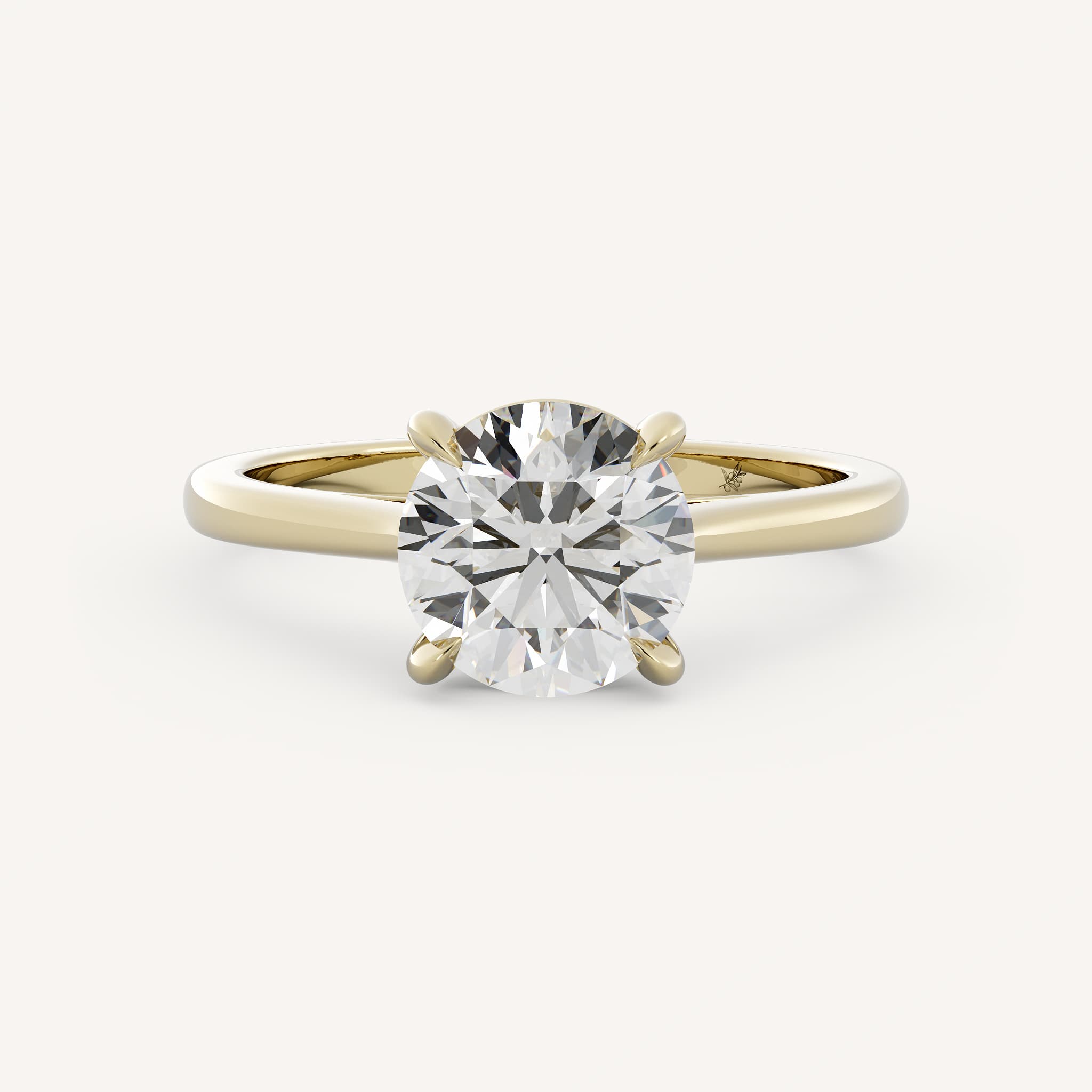
Caroline
14K Yellow Gold
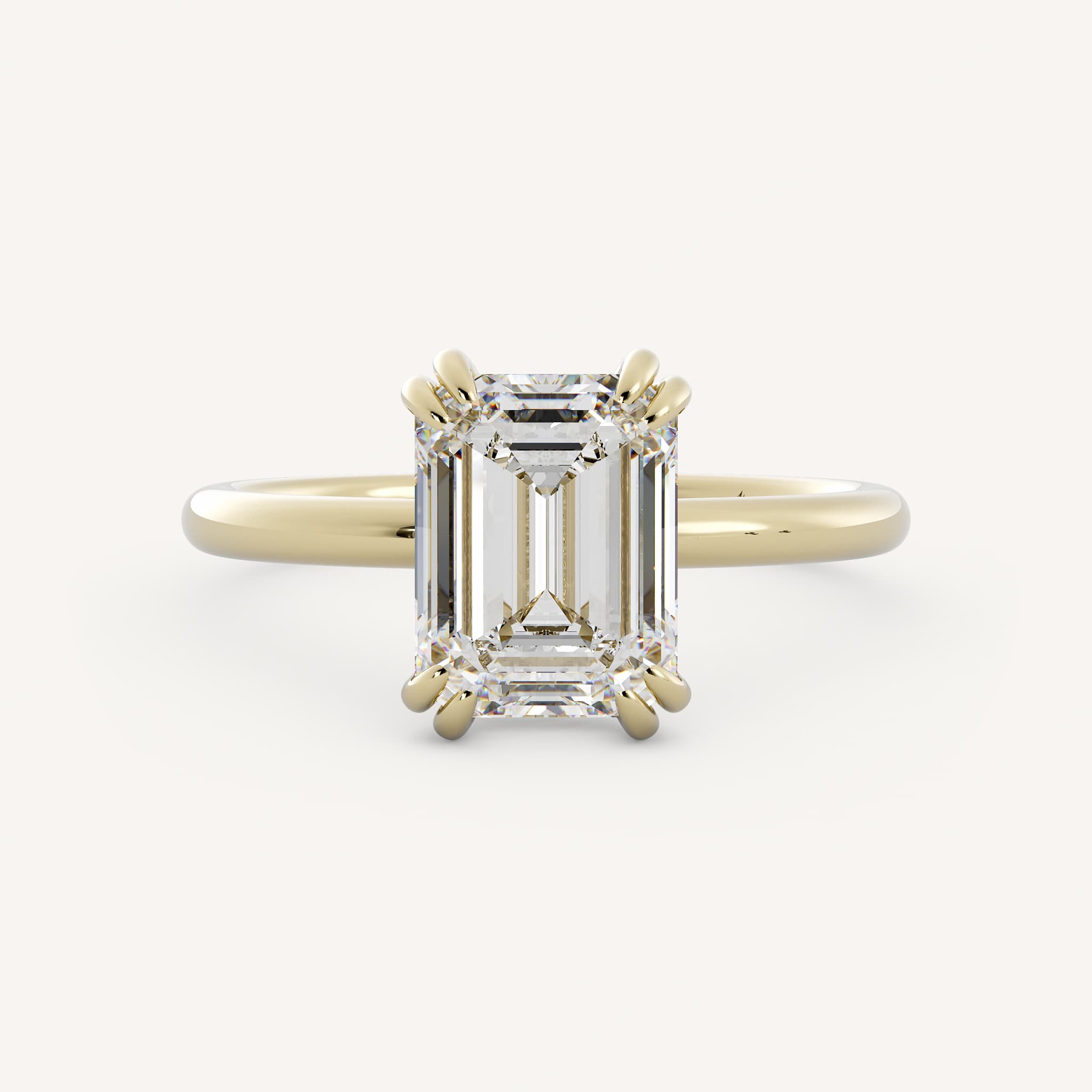
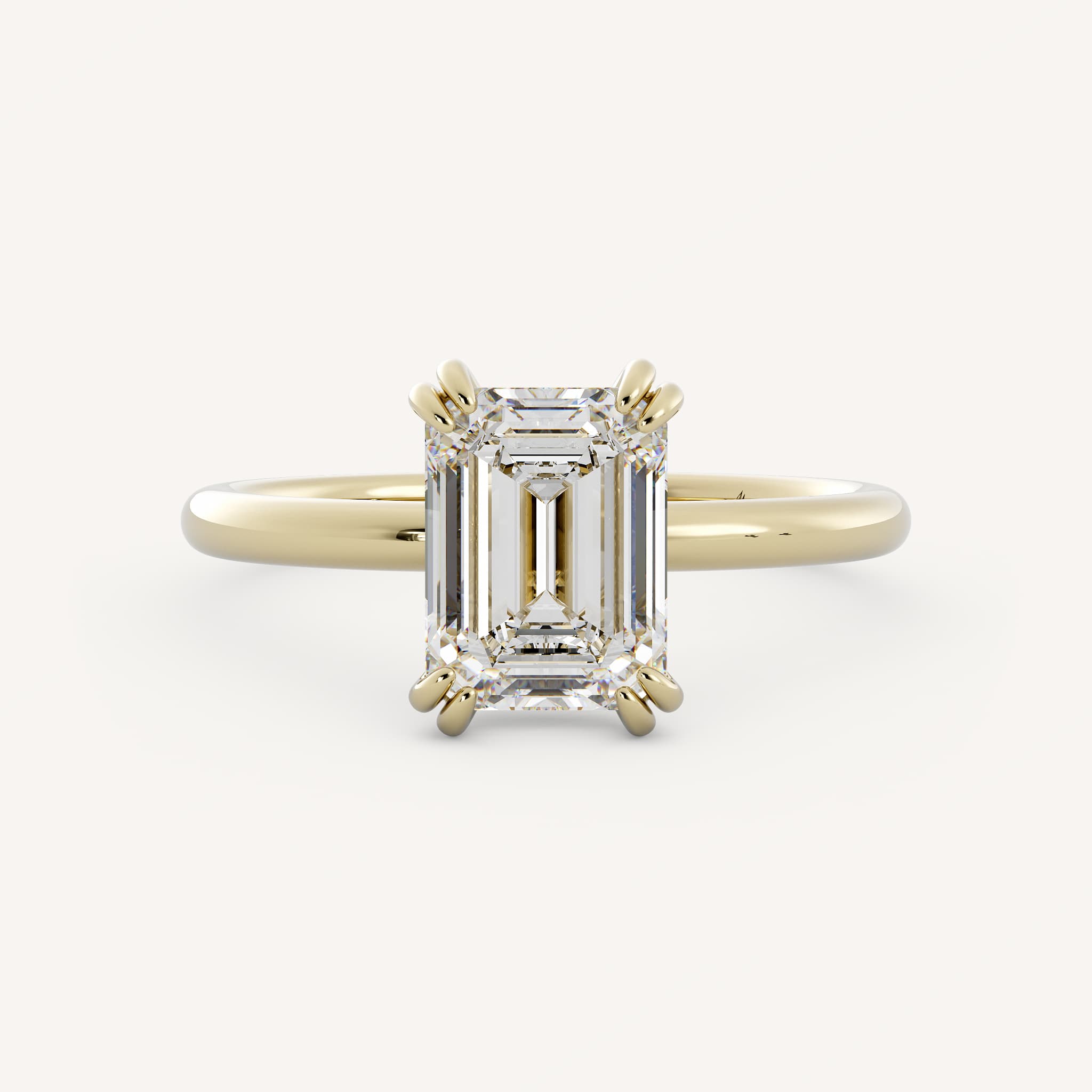
Abel
14K Yellow Gold
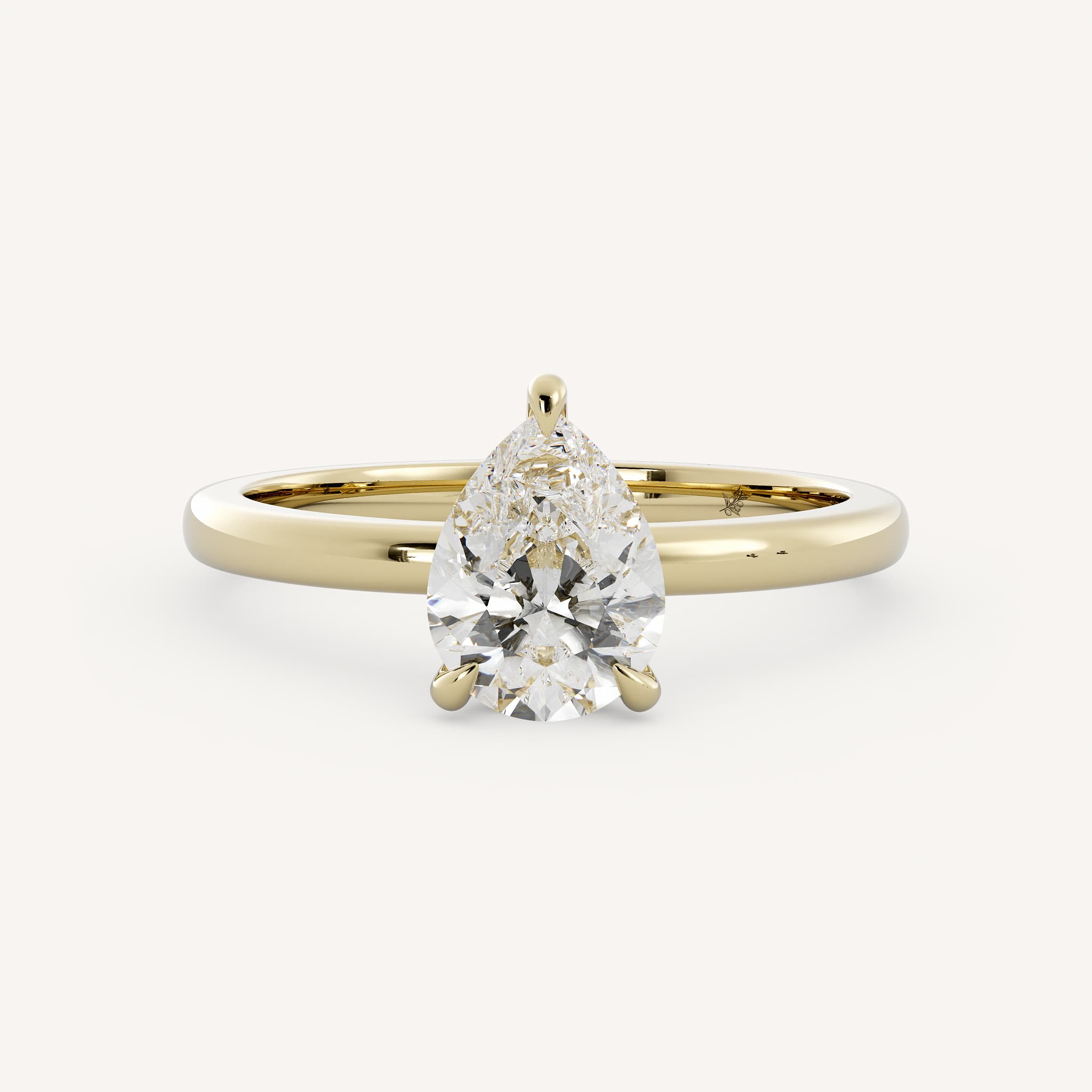
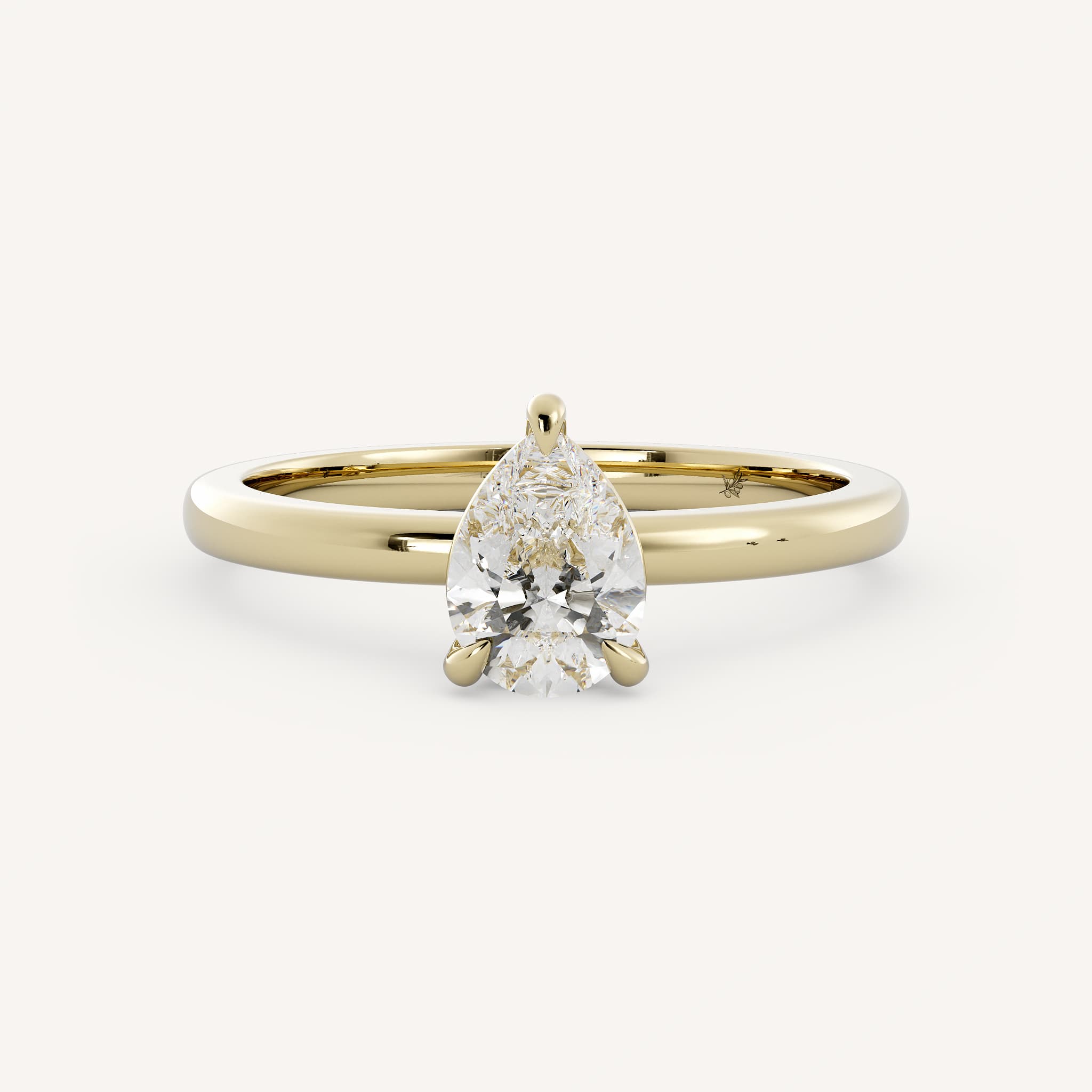
Carter
14K Yellow Gold
What is a shank?
The shank is the band part of the ring – the part that goes around the finger. It does not include the head. It has a practical aspect but also adds to the visual appearance of the ring and how it feels when wearing it.
what are the common types of shanks?
There are several different types of shanks that add a different design flare to the ring. Here are the most common types of shanks.
Flat Shank: the band of the ring is straight, doesn't taper or split, and has flat edges.
Half Round Shank: the band of the ring is straight, doesn't taper or split, and the edges are rounded.
Cathedral Shank: the shank turns upward as it meets the head. Then, the shank splits on both sides giving the appearance of a cathedral or two arches and appears to support stone.
Tapered Shank: the band tapers in towards the head and appears thinner towards the stone. This shank makes stone look larger compared to a thinner, more delicate looking band. It can also be the reverse of this, tapering out and becoming wider towards the head.
Split Shank: a shank that splits in two parts which gives the illusion of multiple bands. It can be subtle of delicate depending on the other elements of the ring.
rings with different shanks
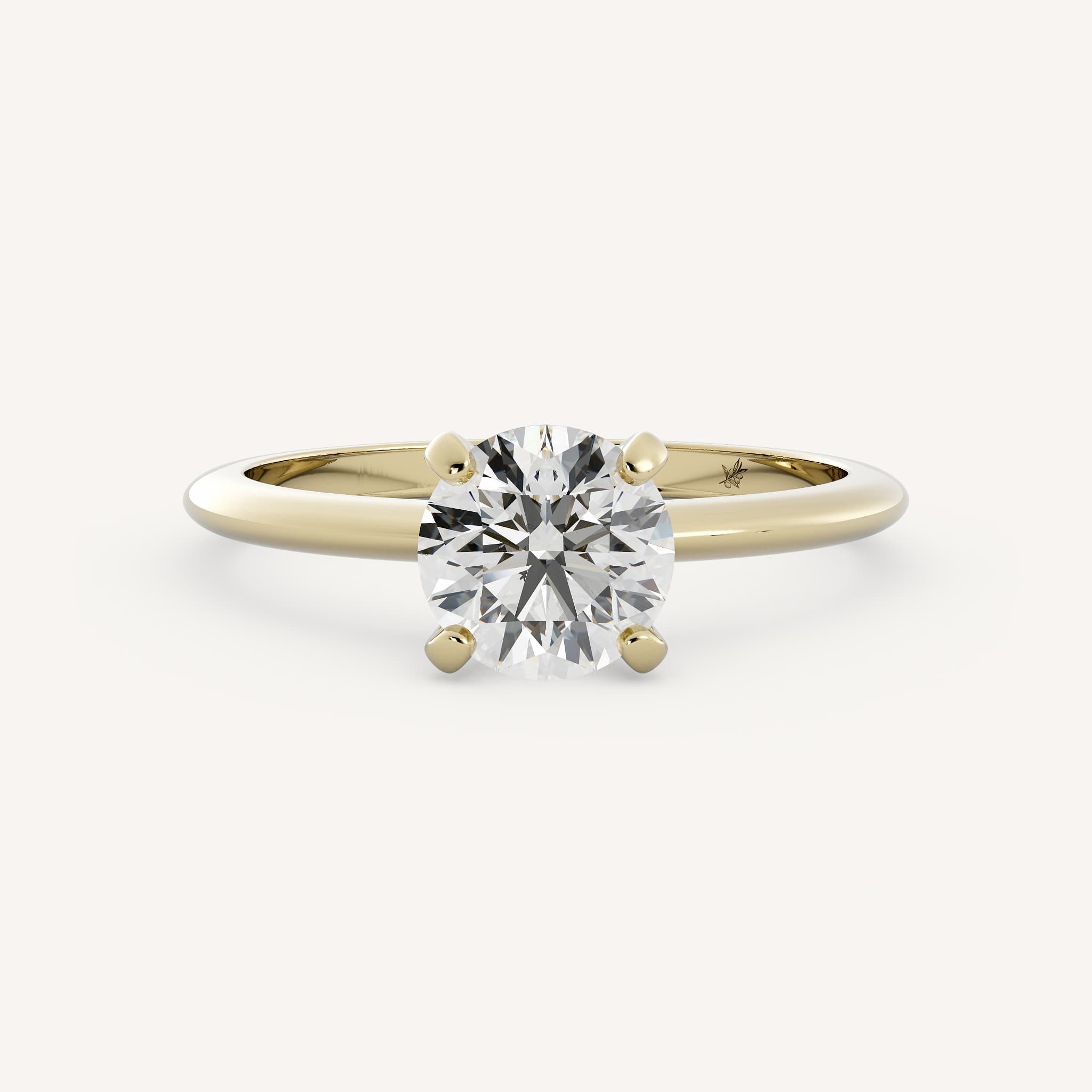
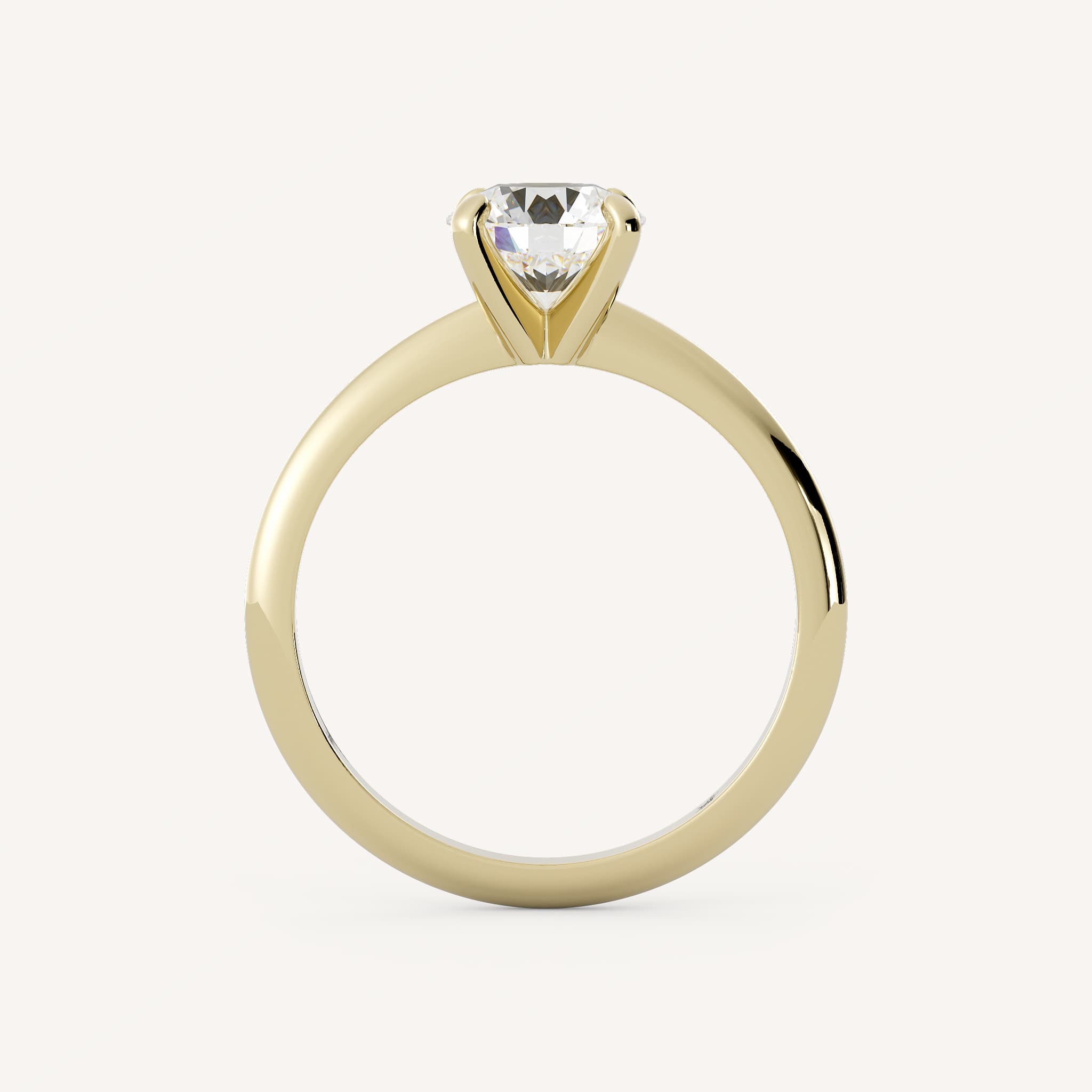
Clara
14K Yellow Gold
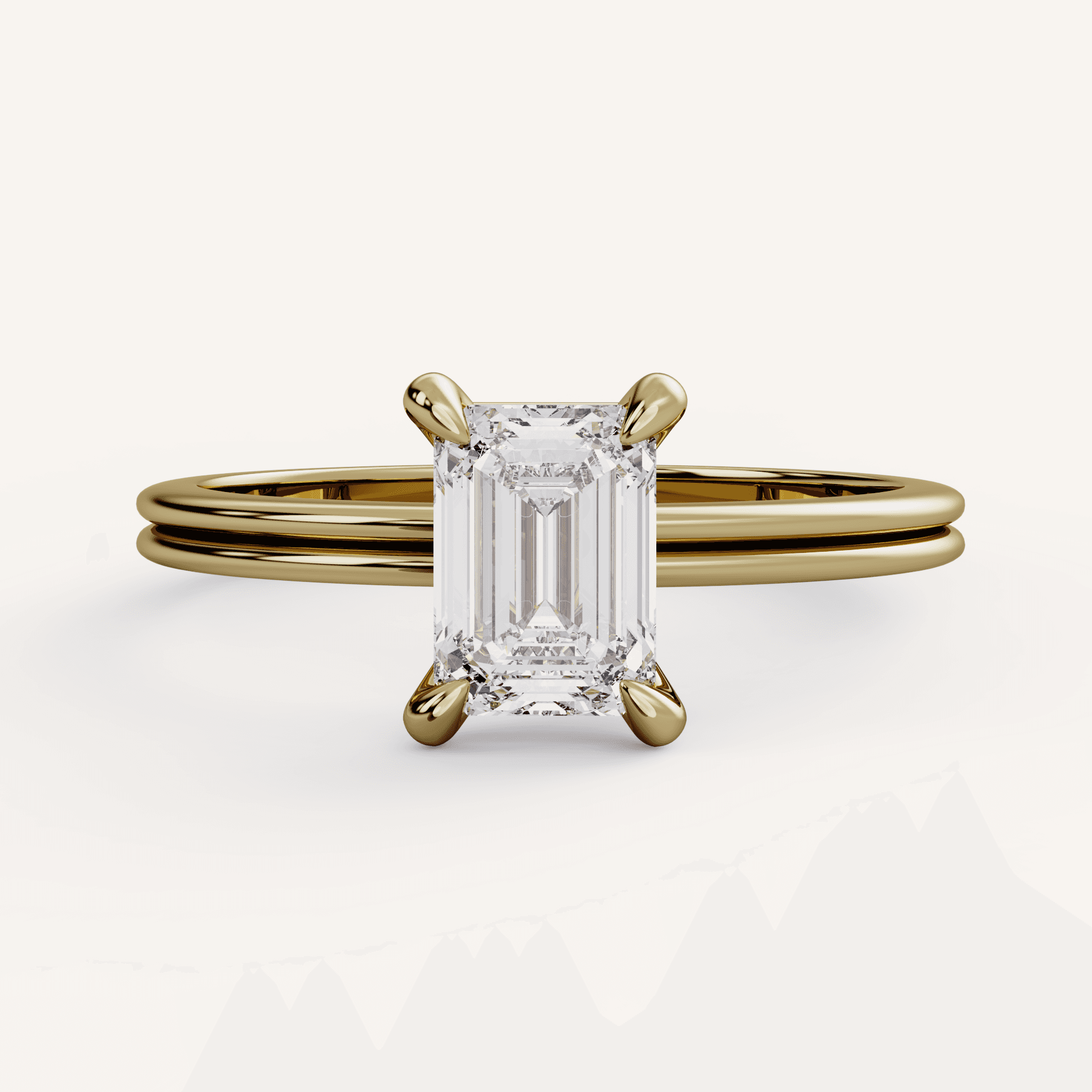
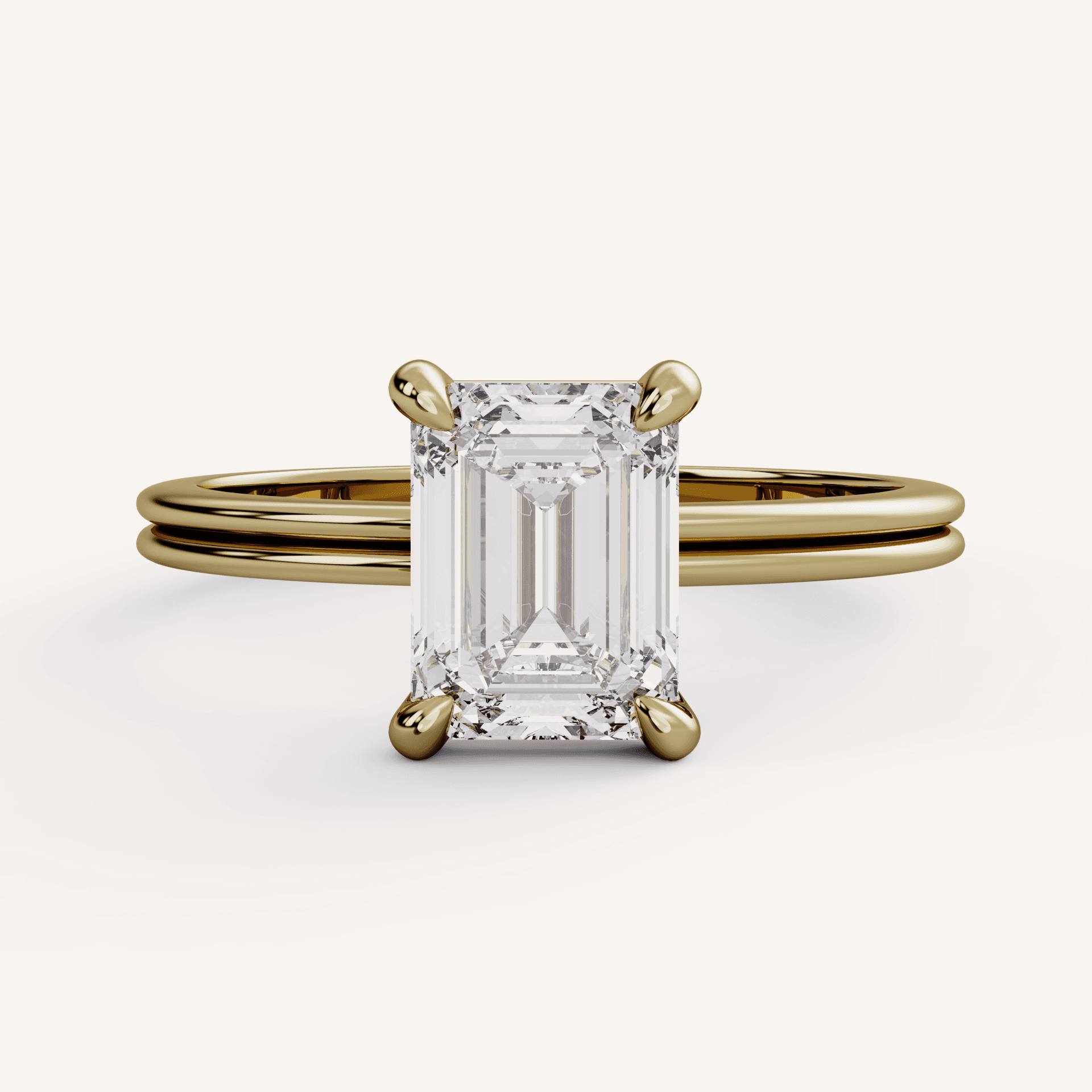
Chapel
14K Yellow Gold


Otto
14K Yellow Gold
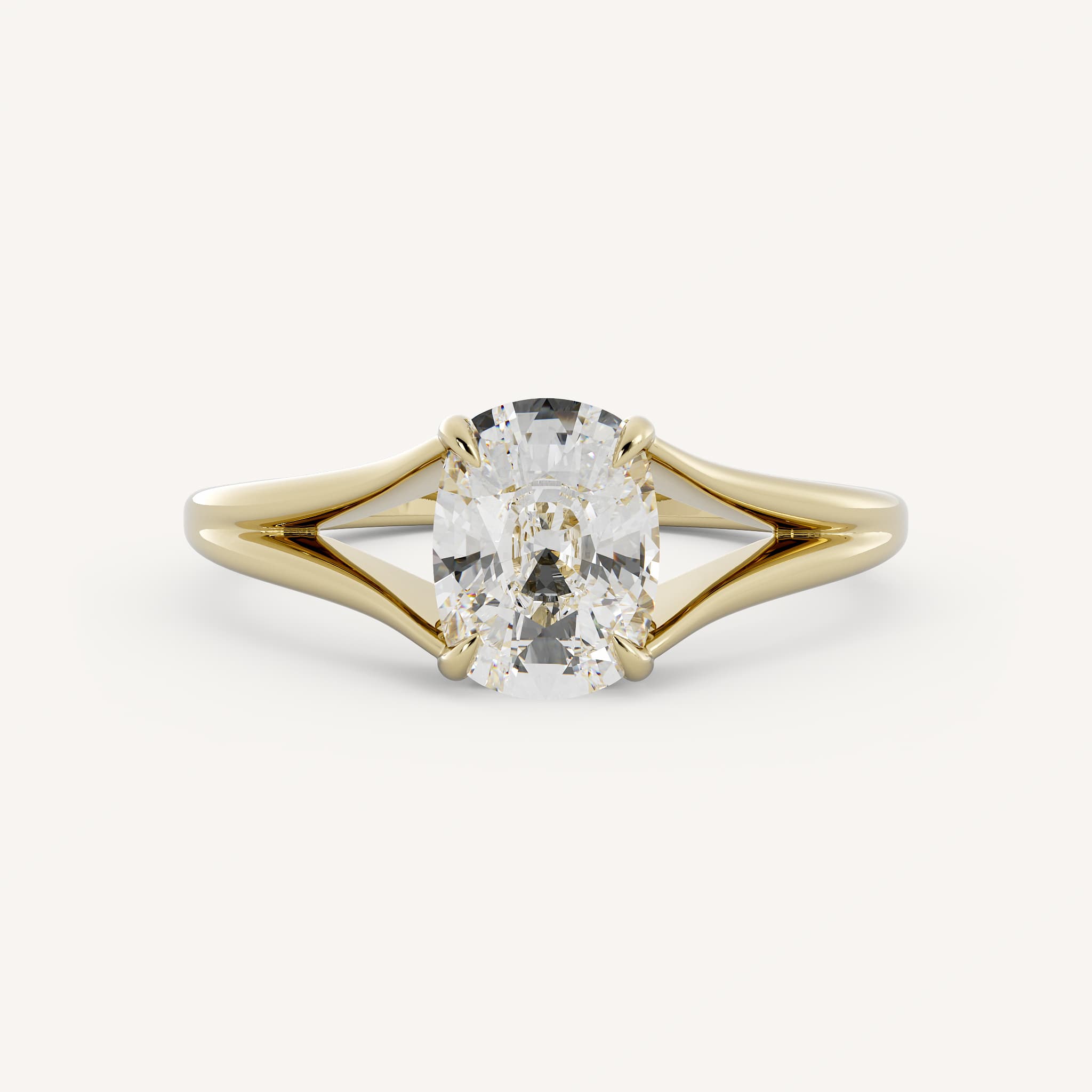
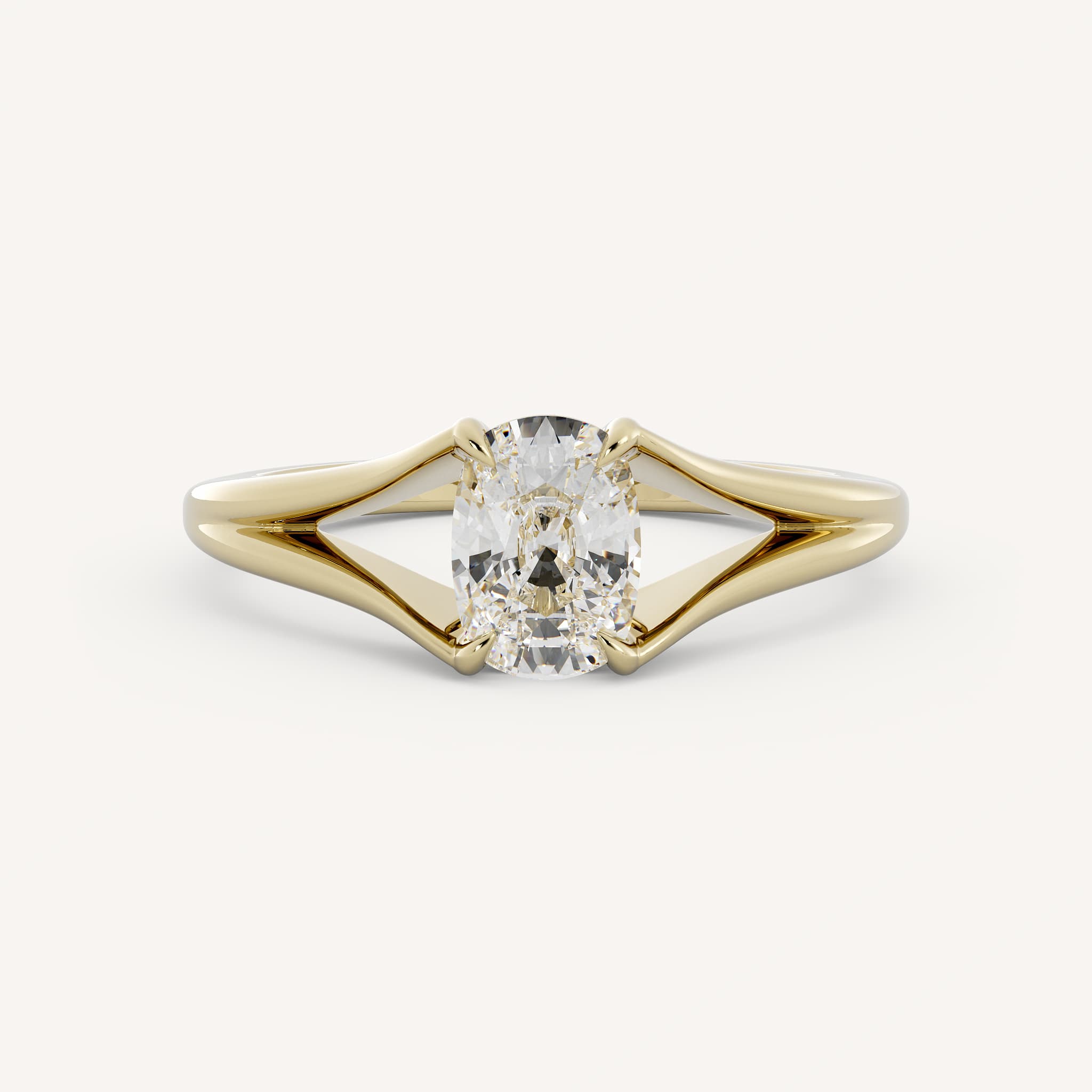
Jude
14K Yellow Gold


